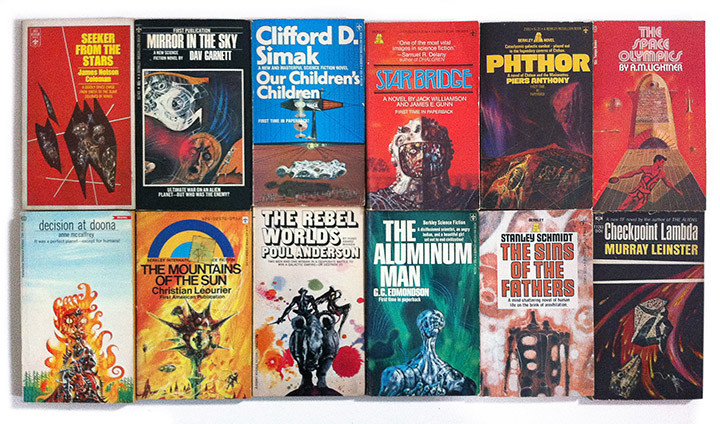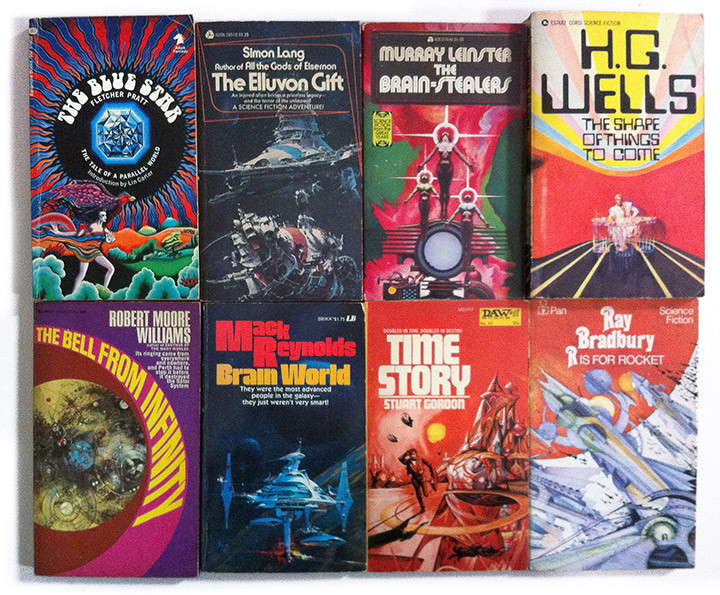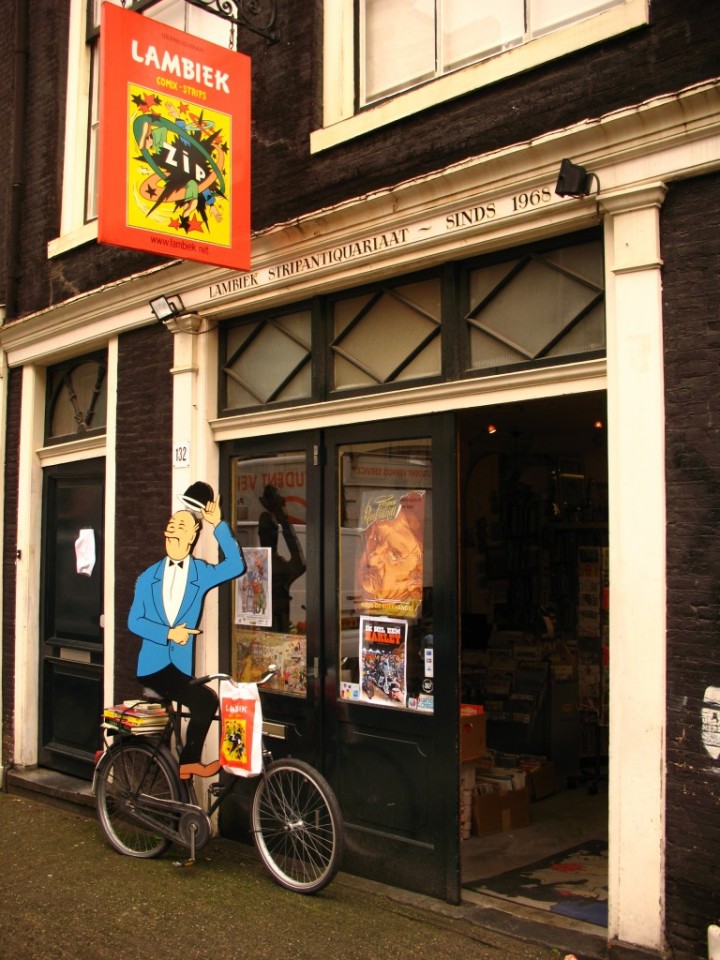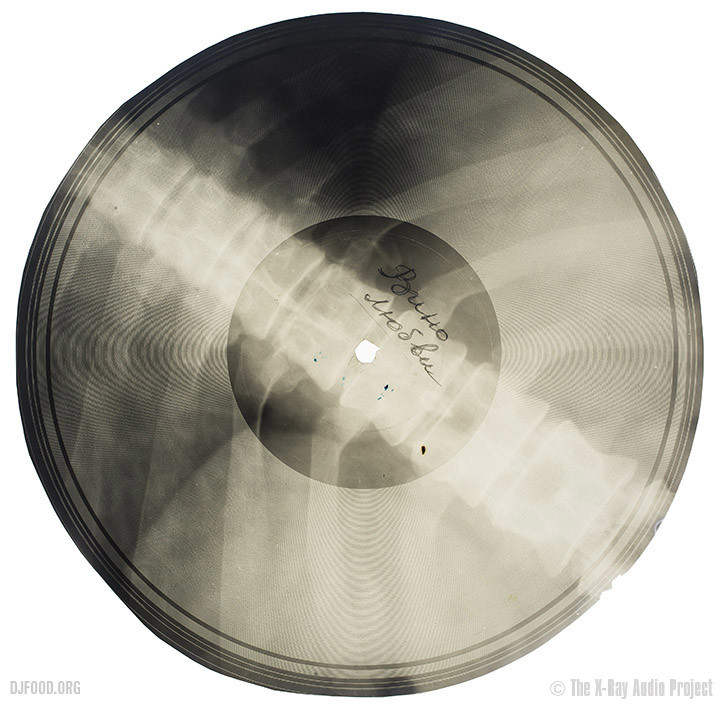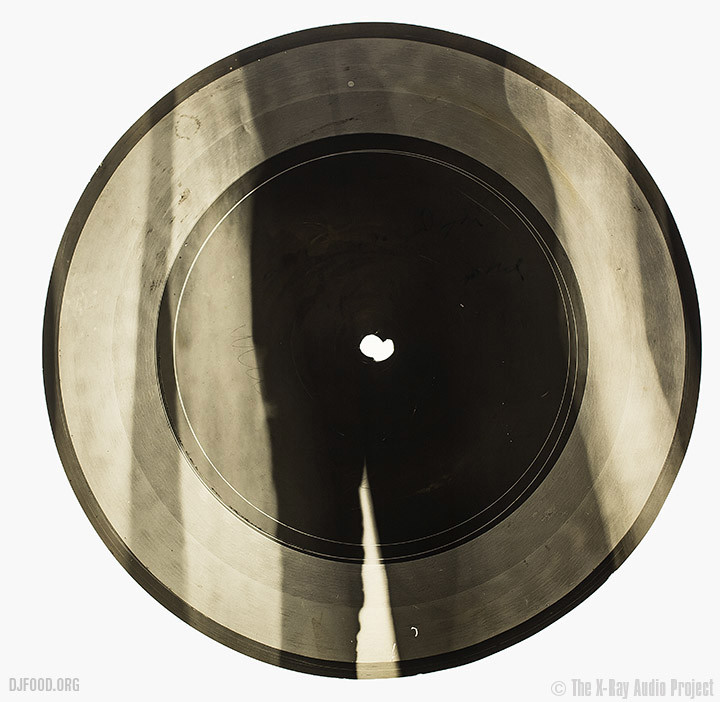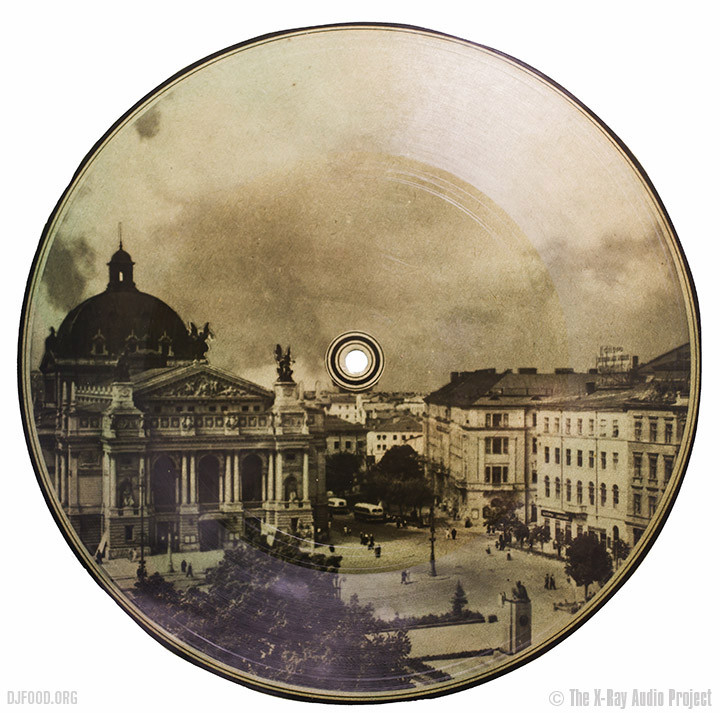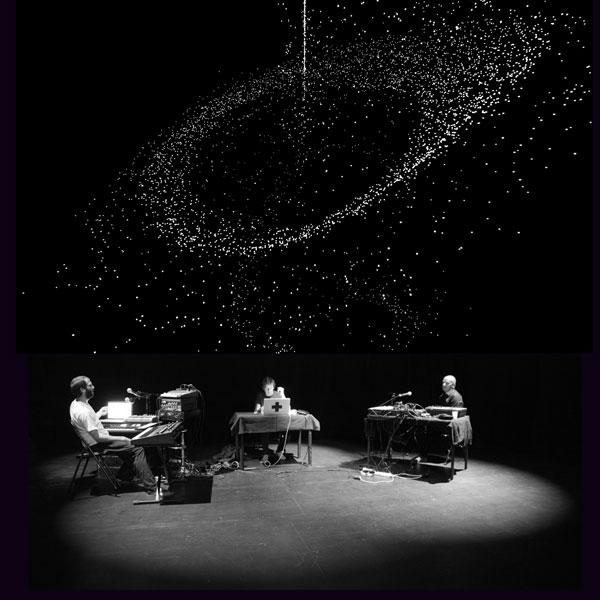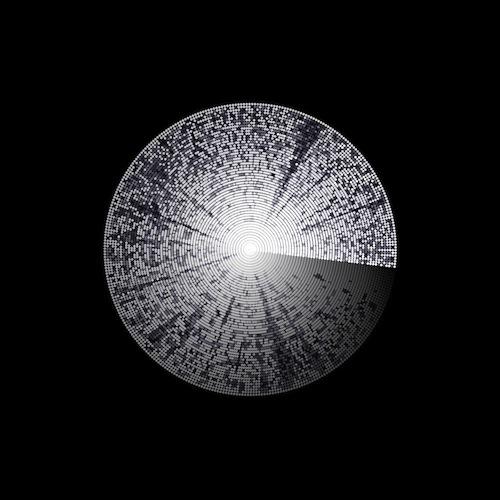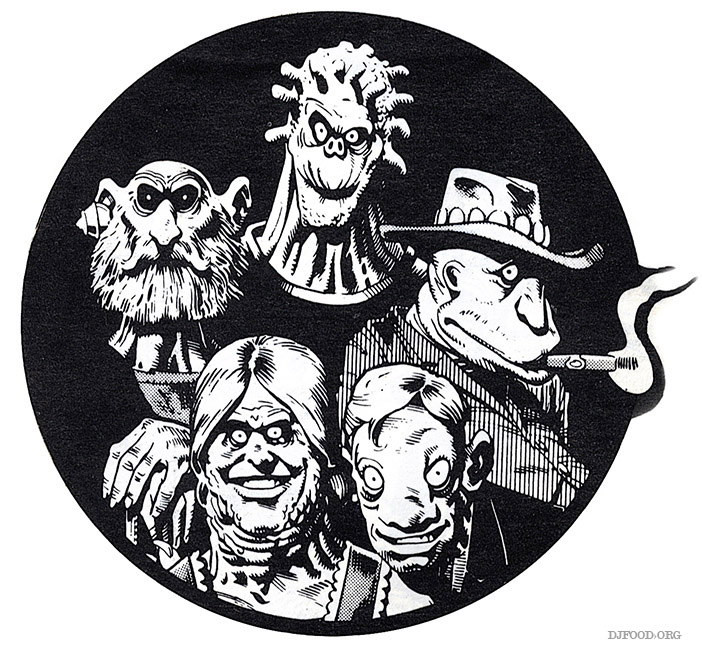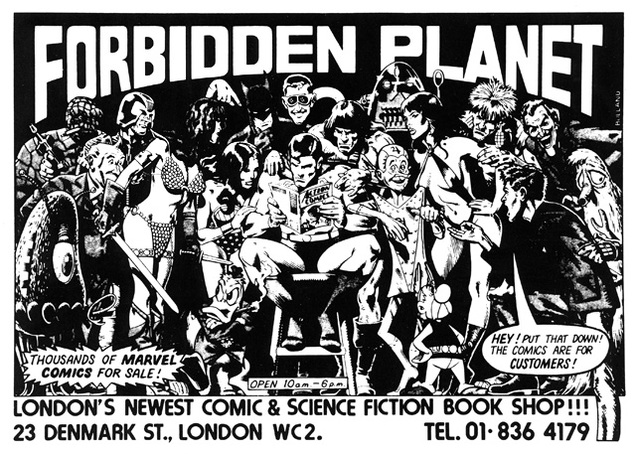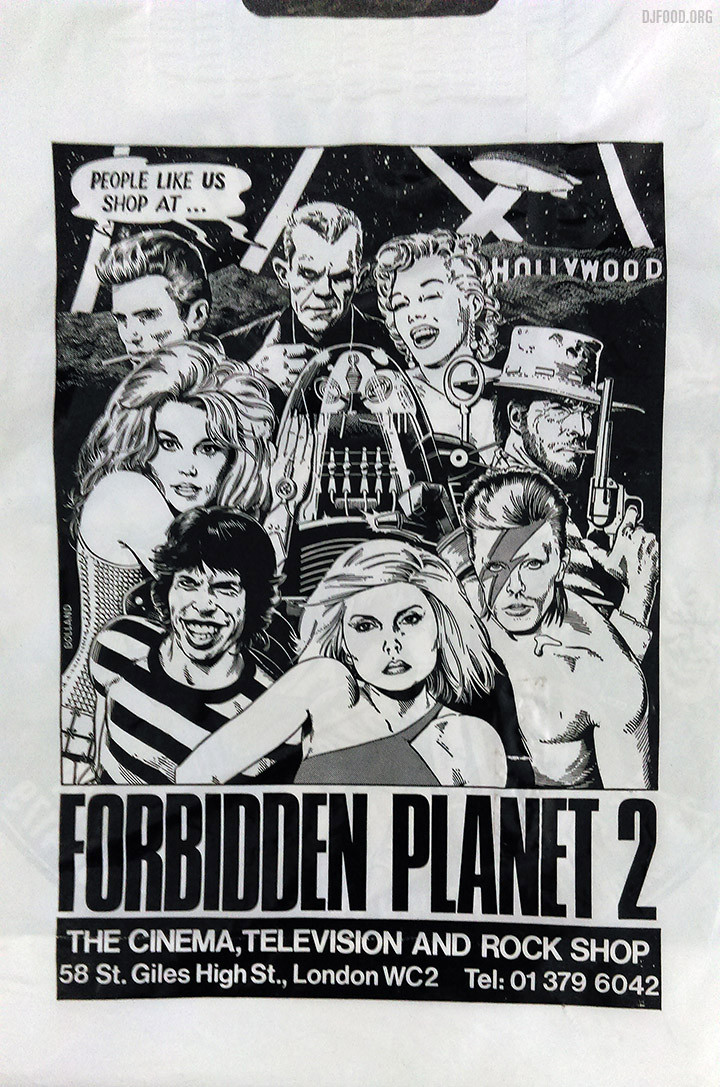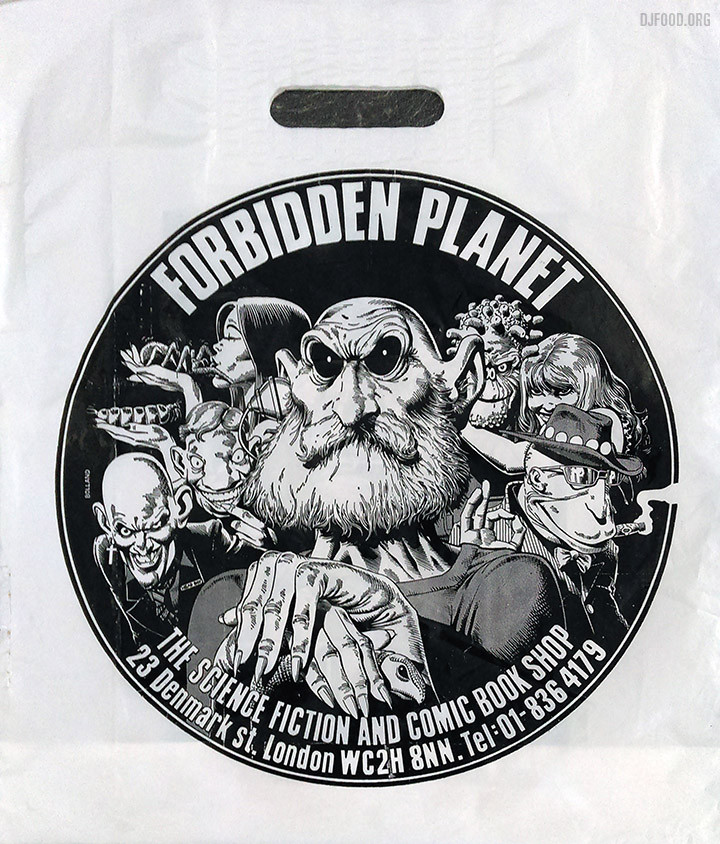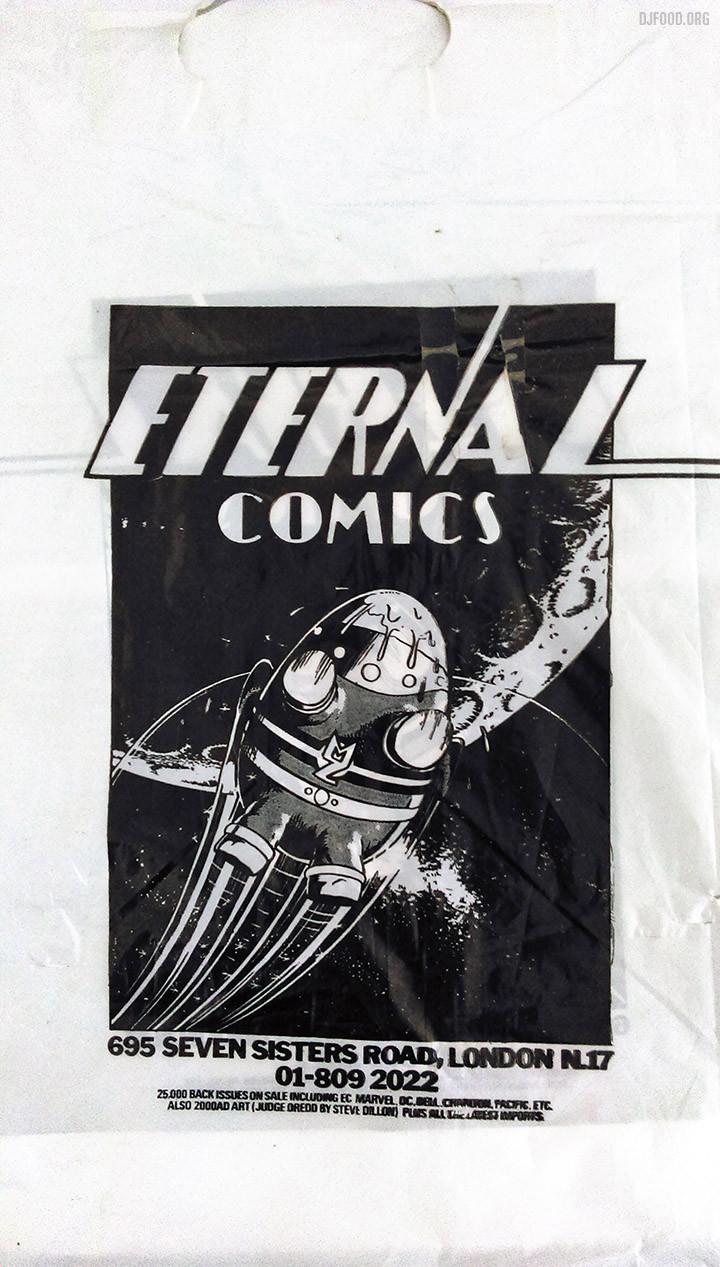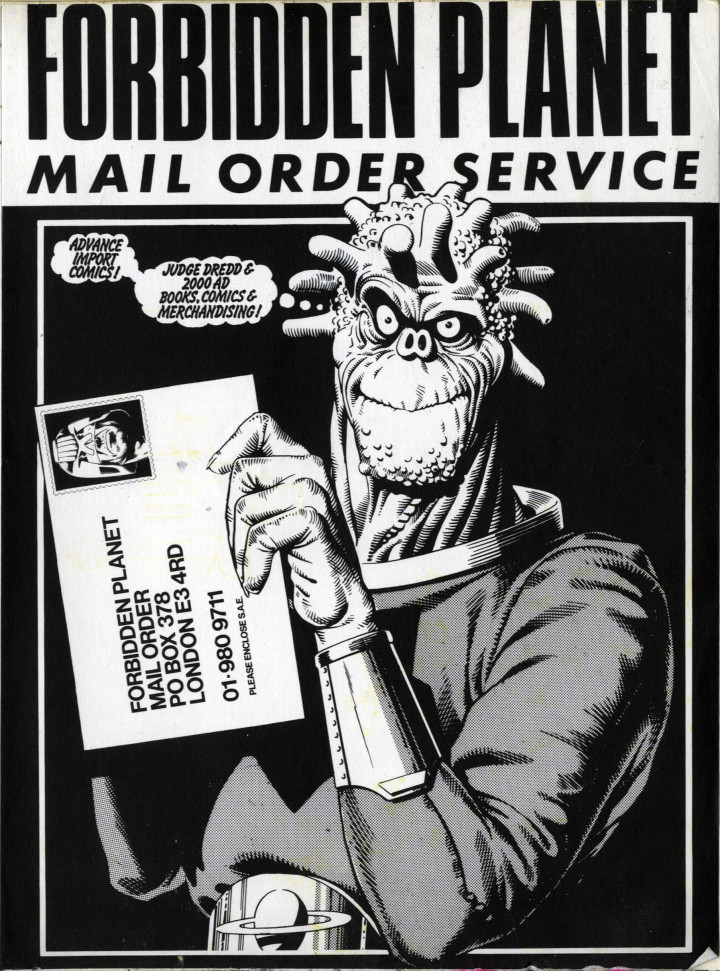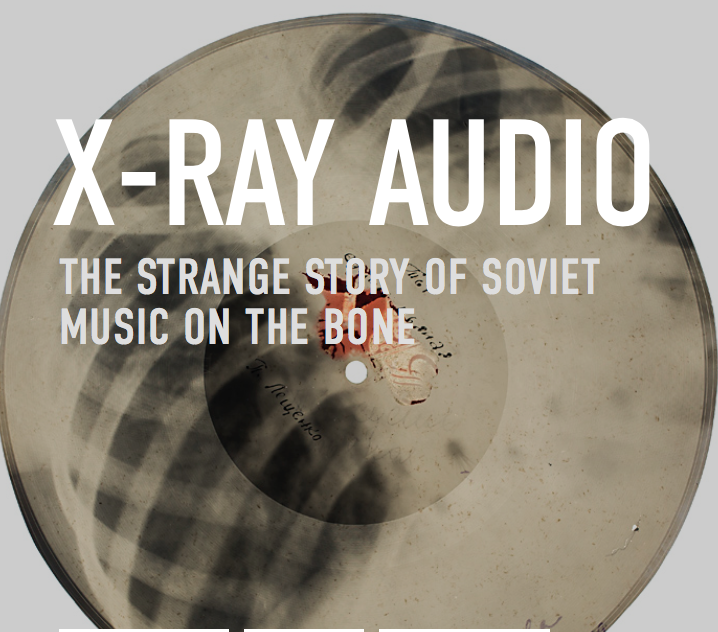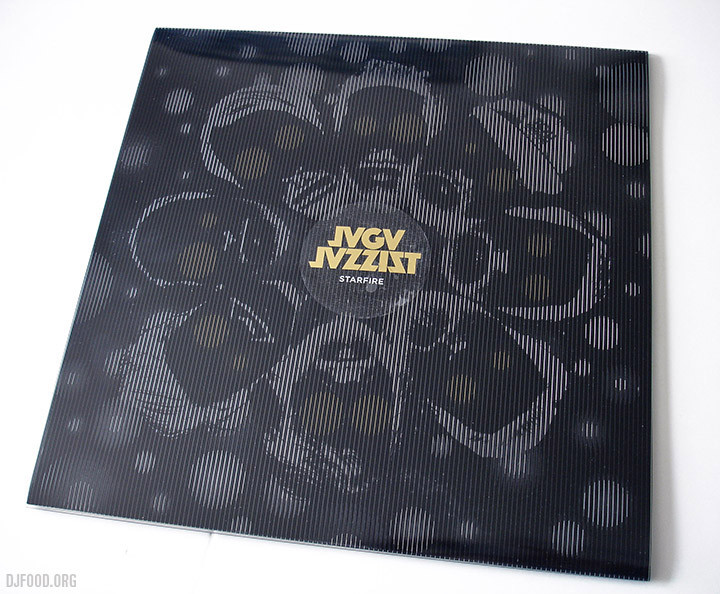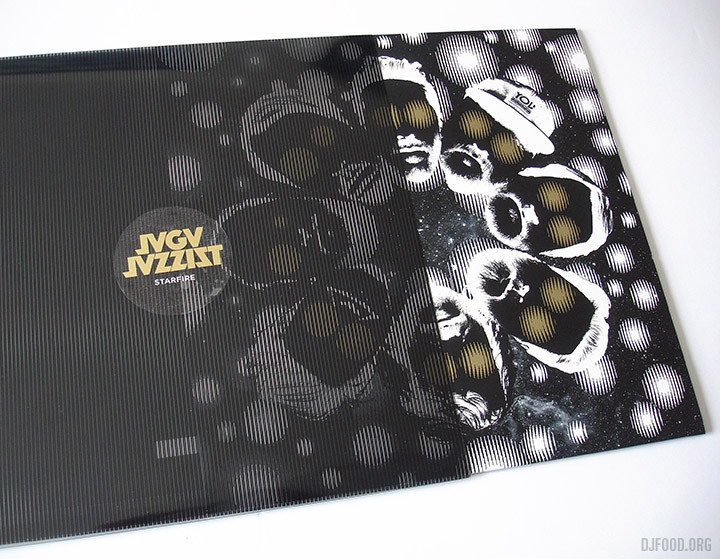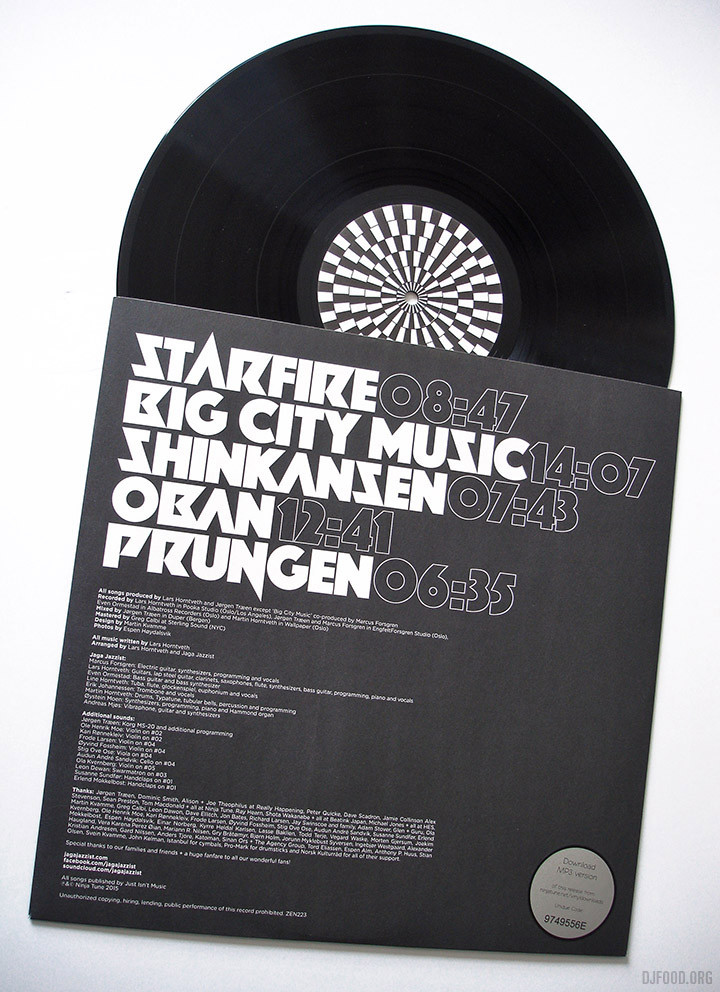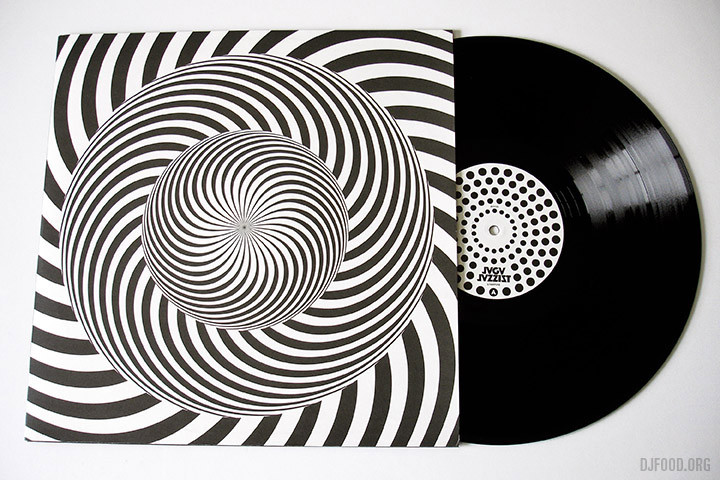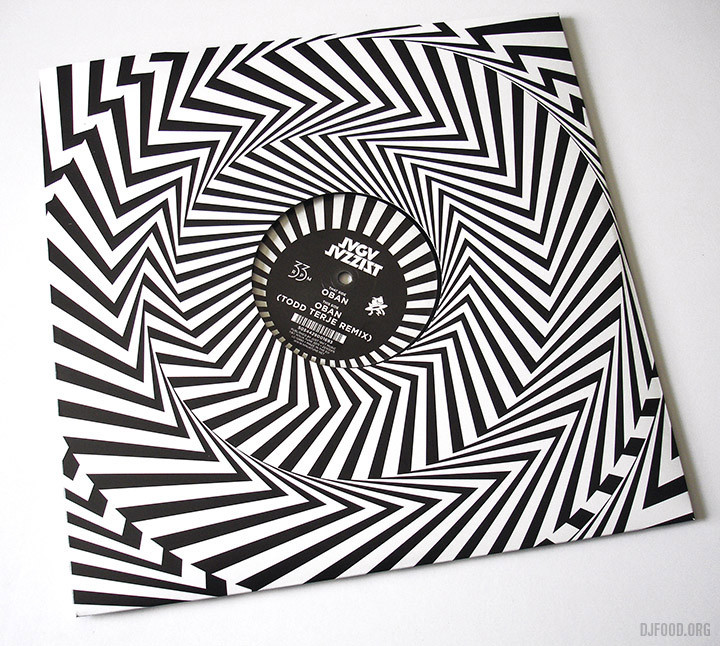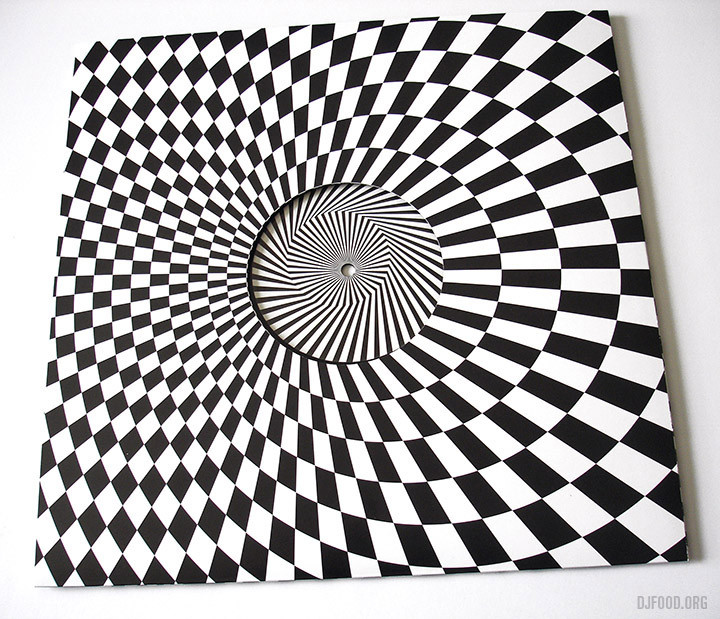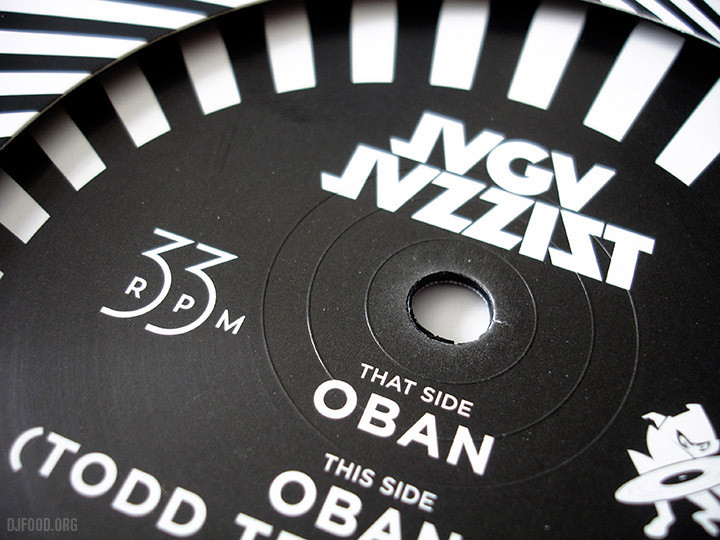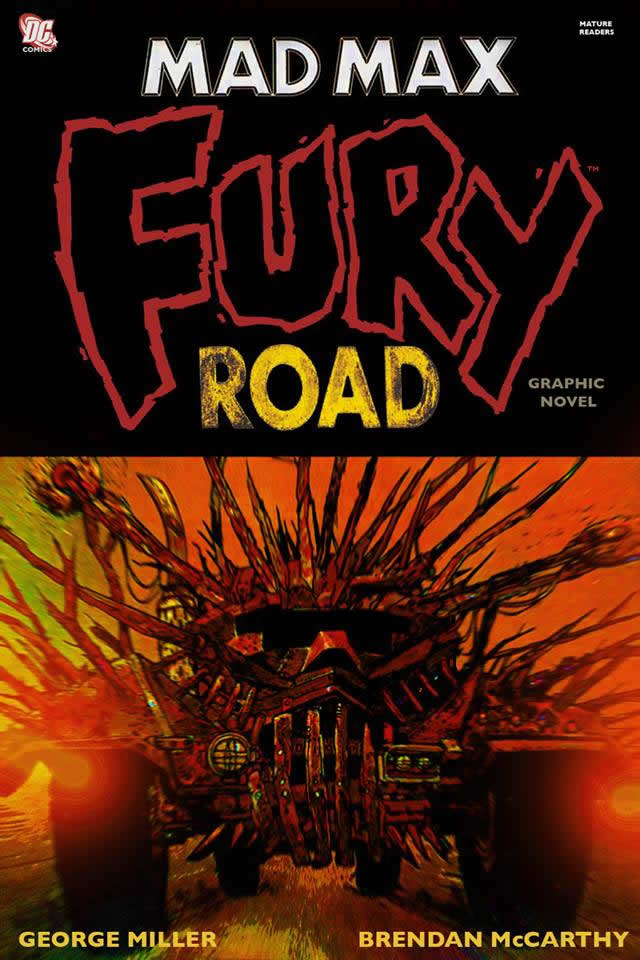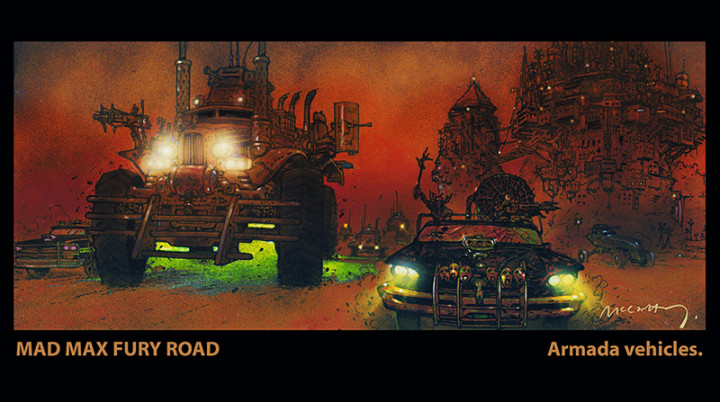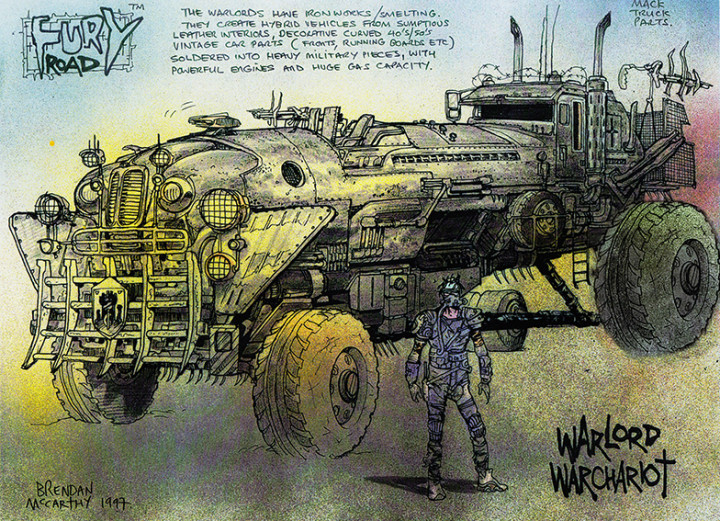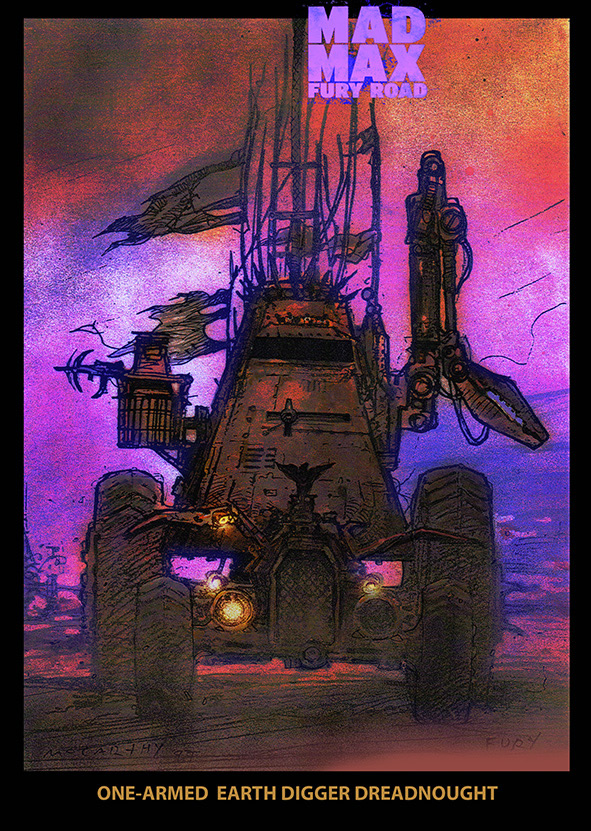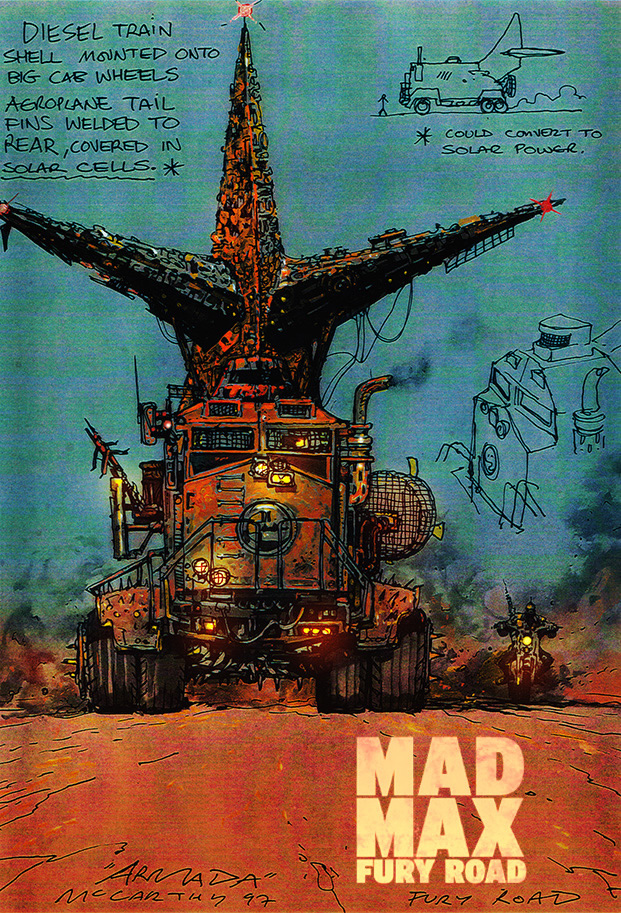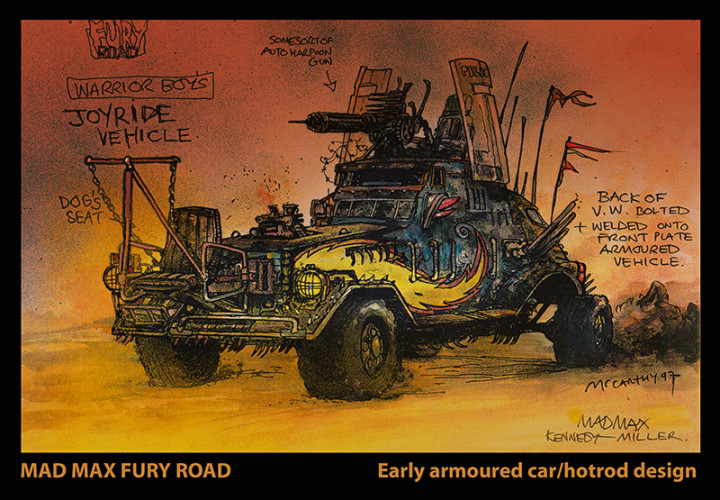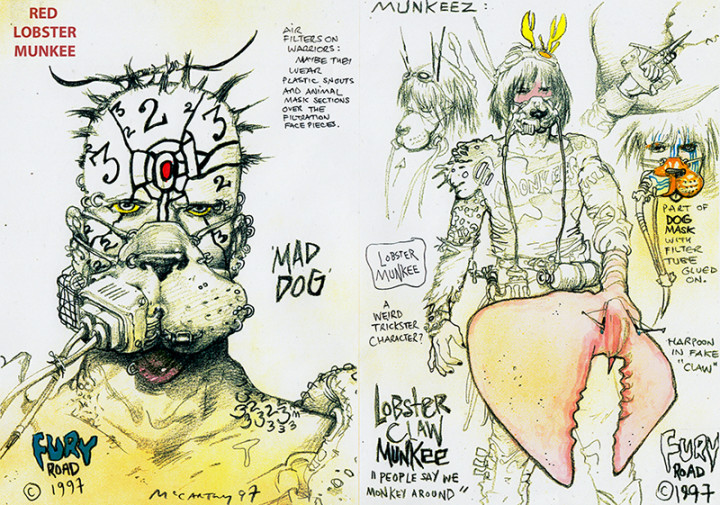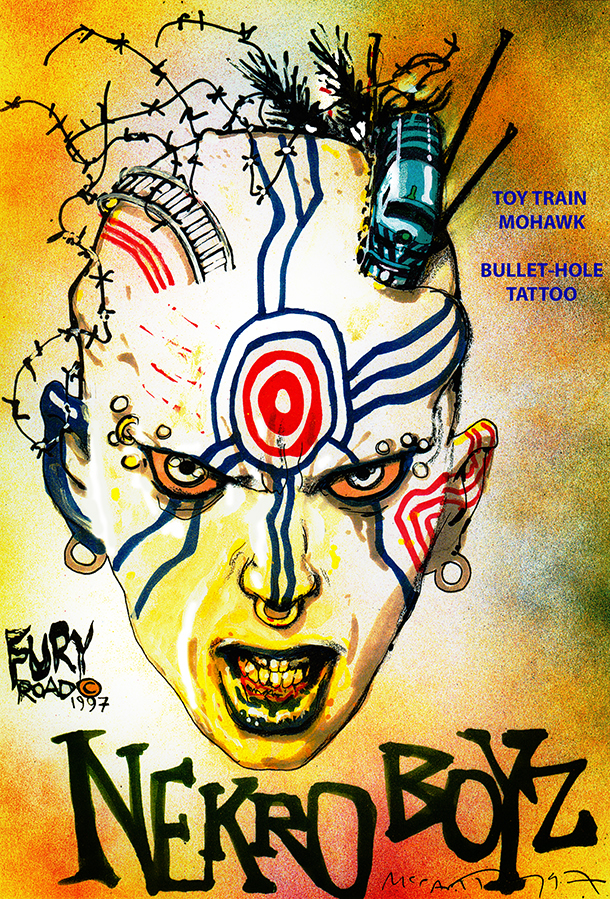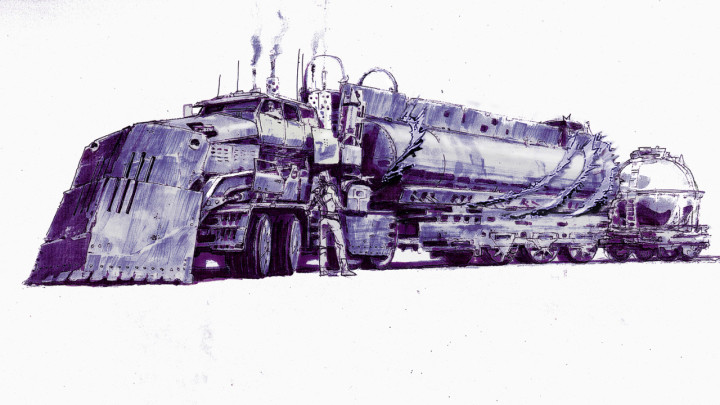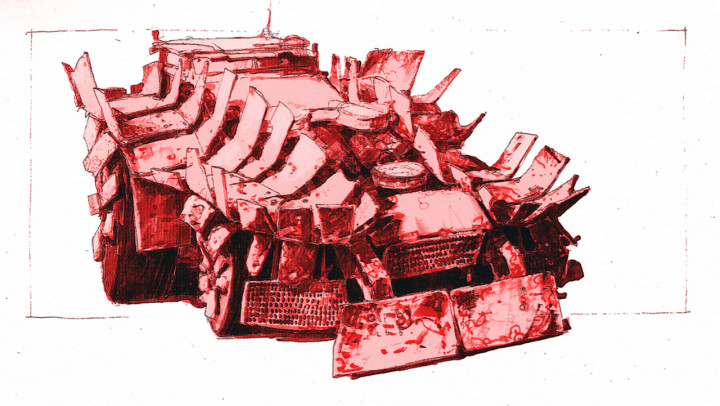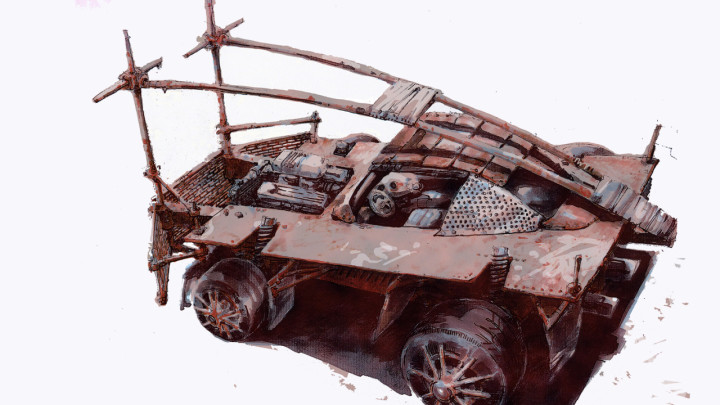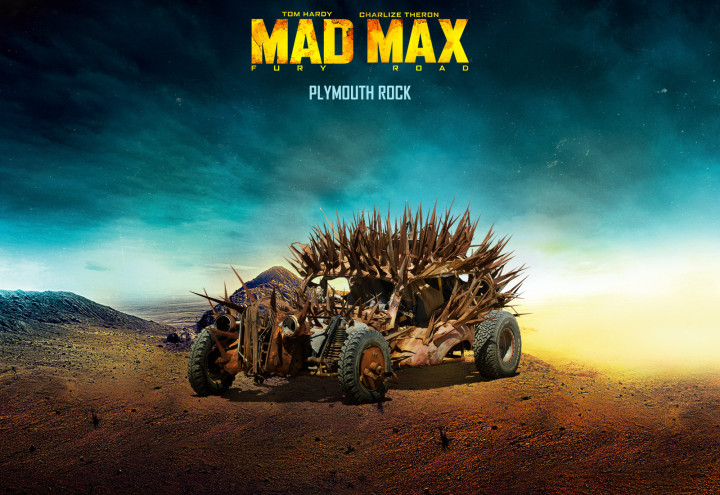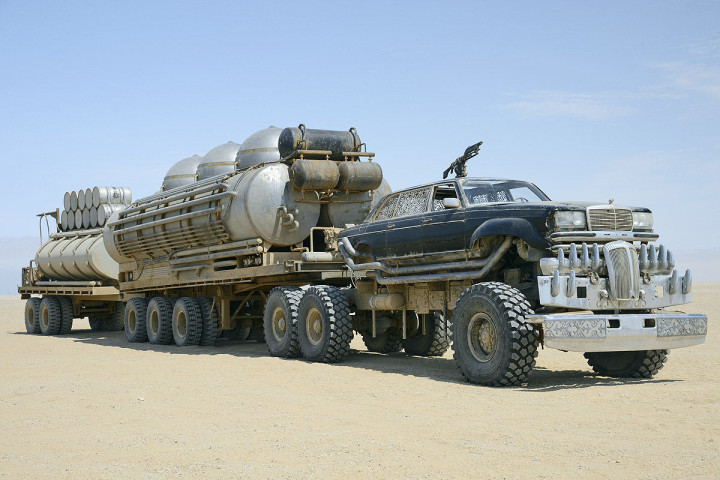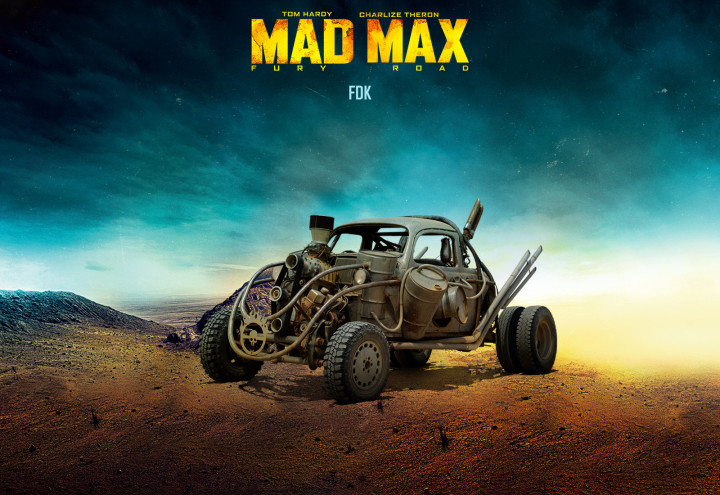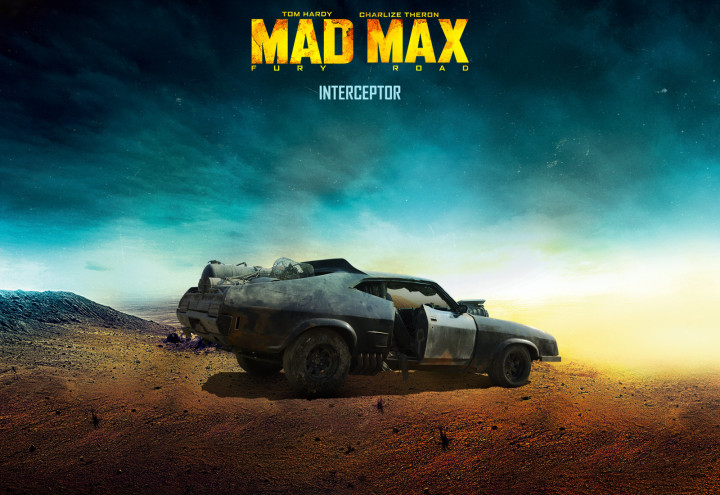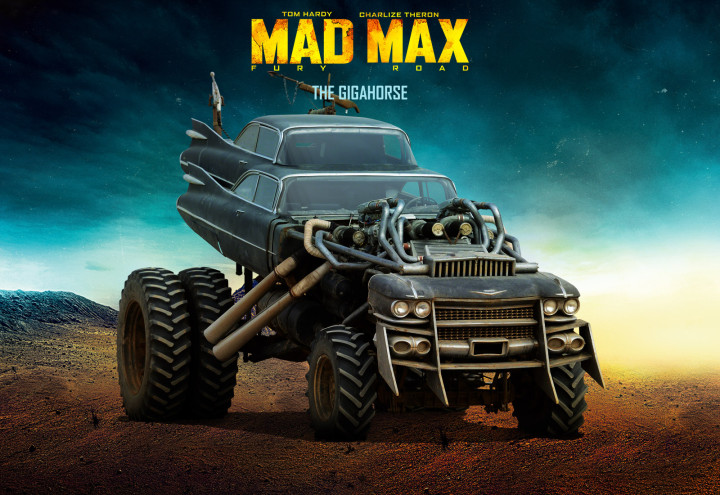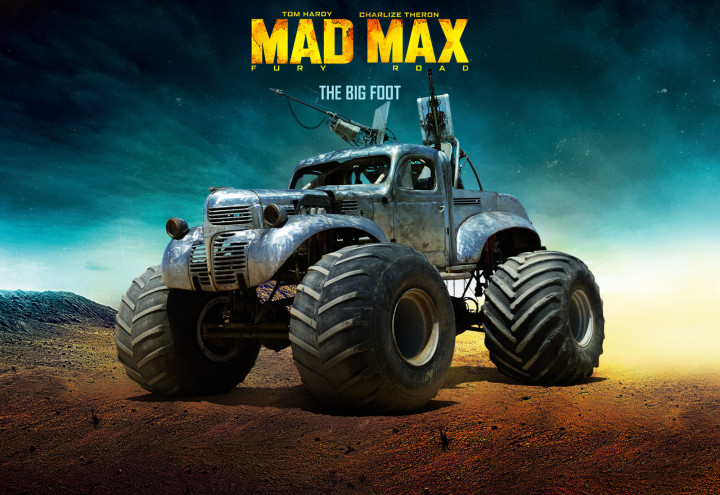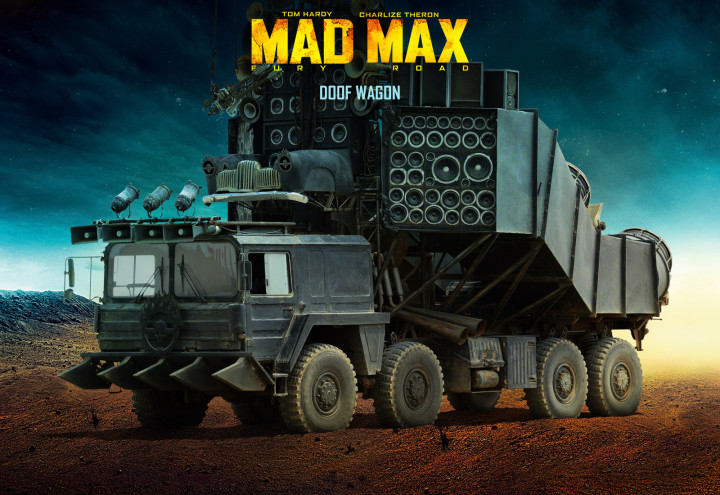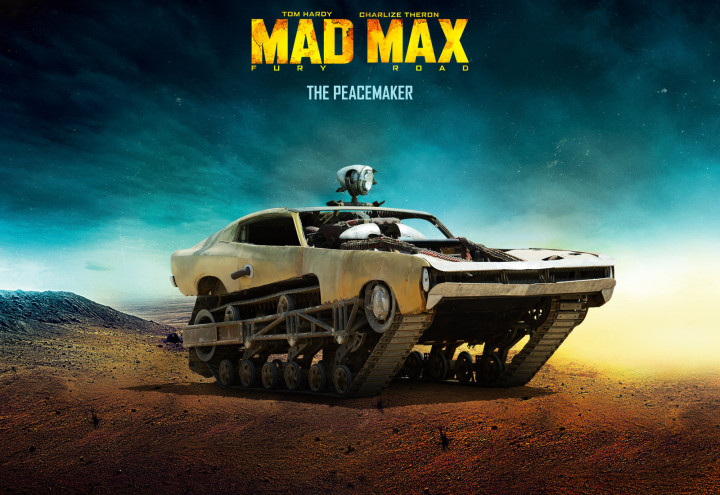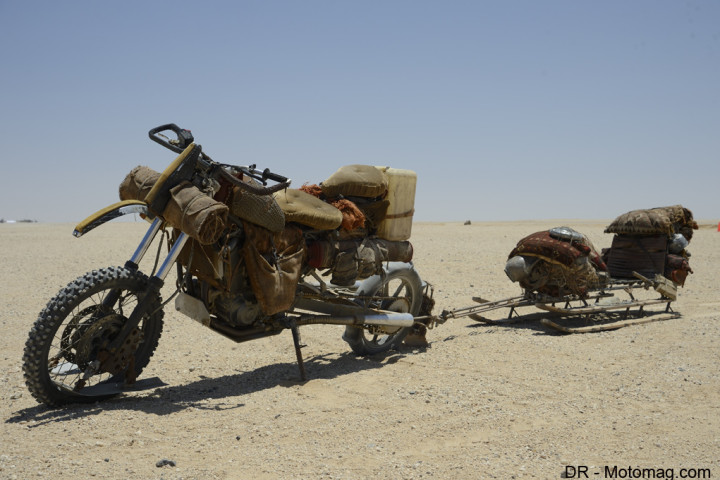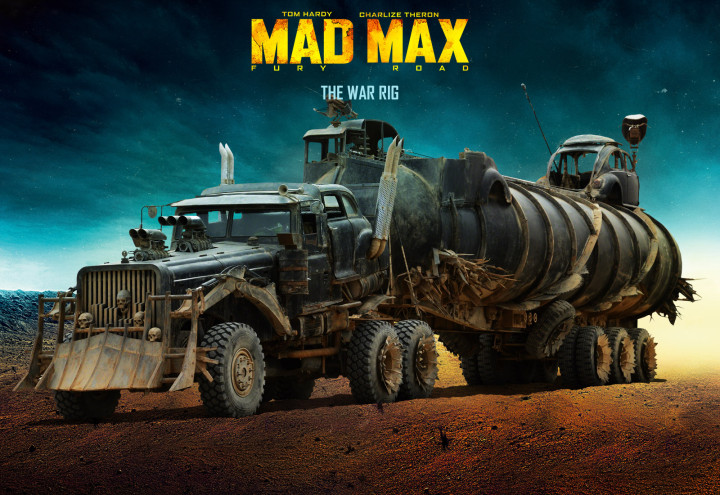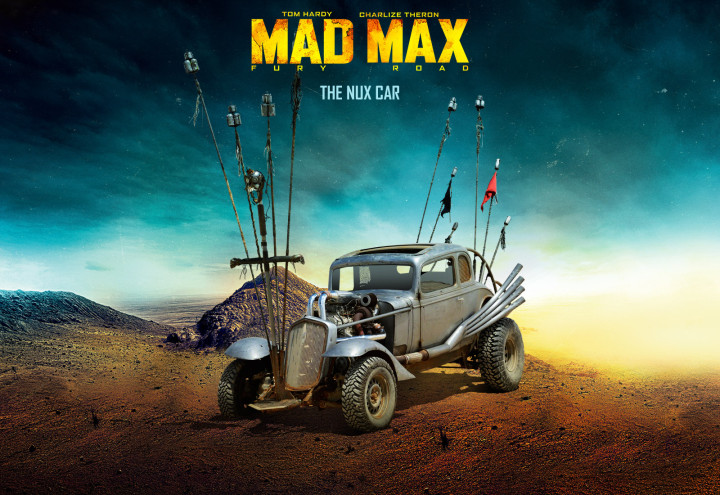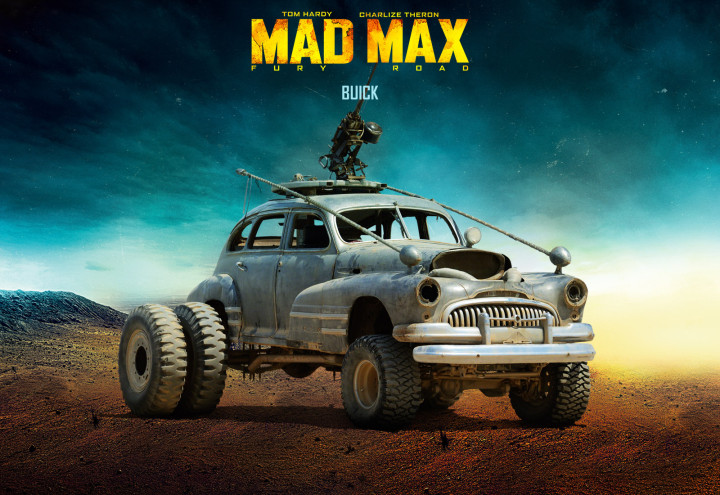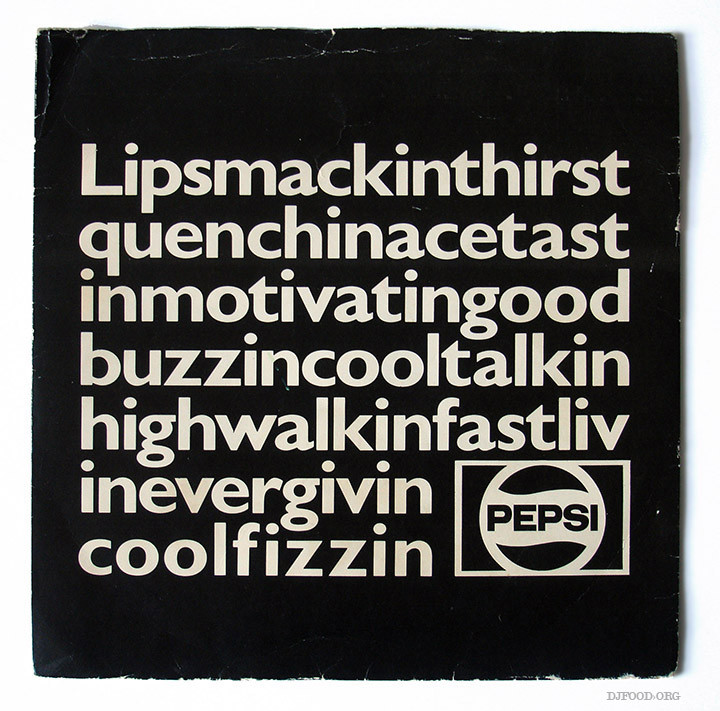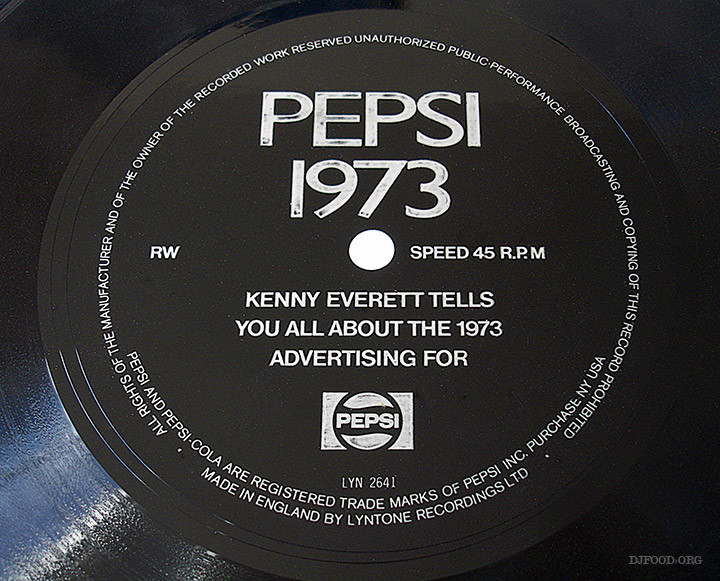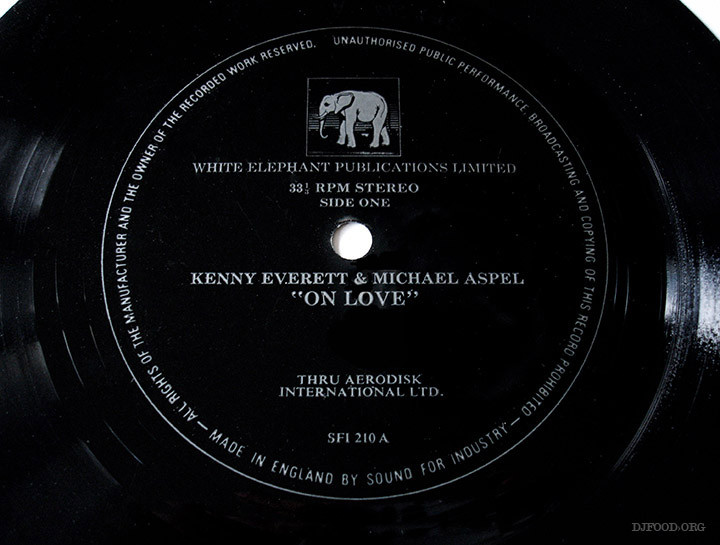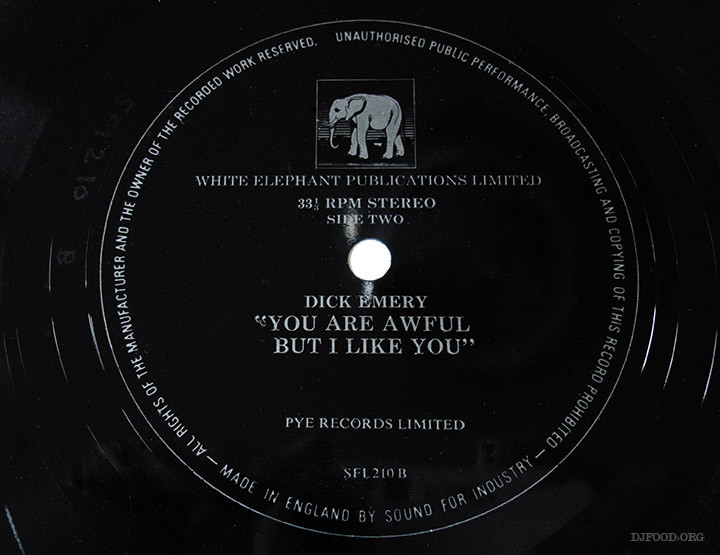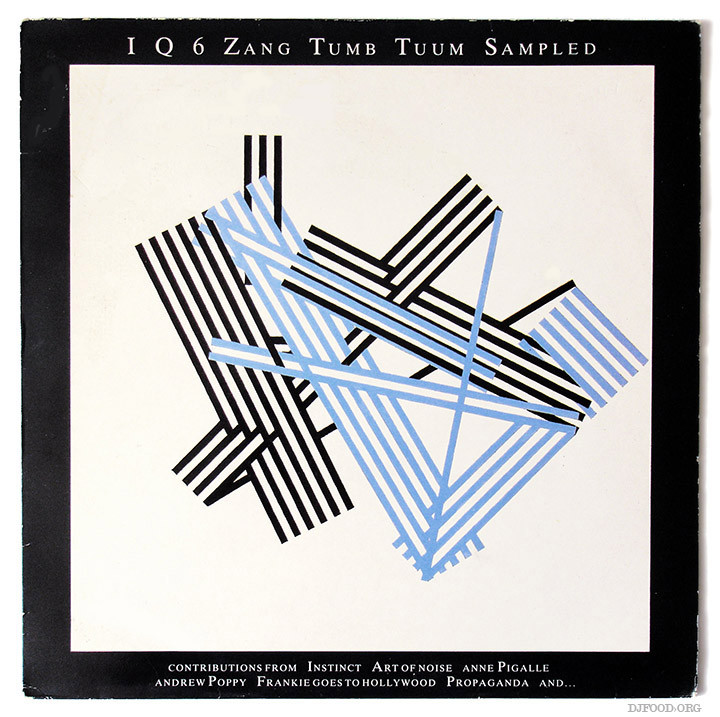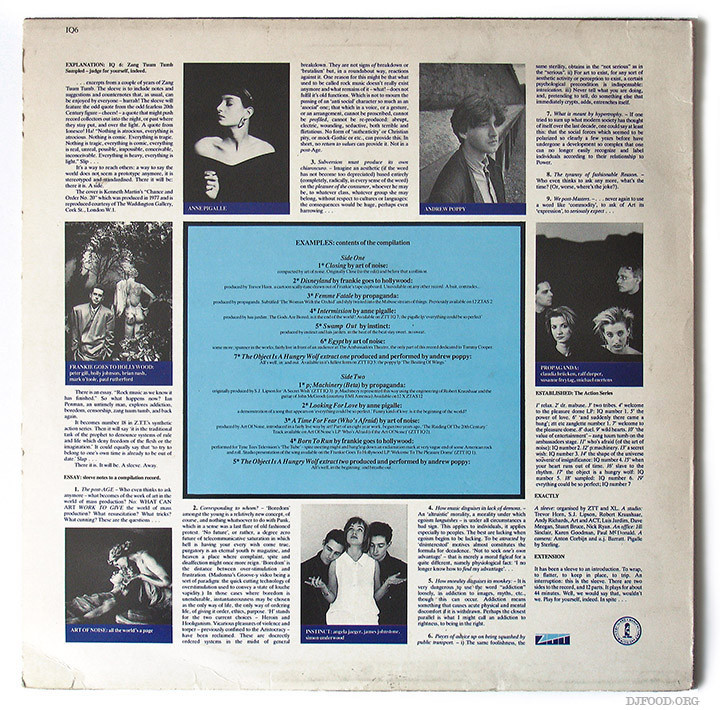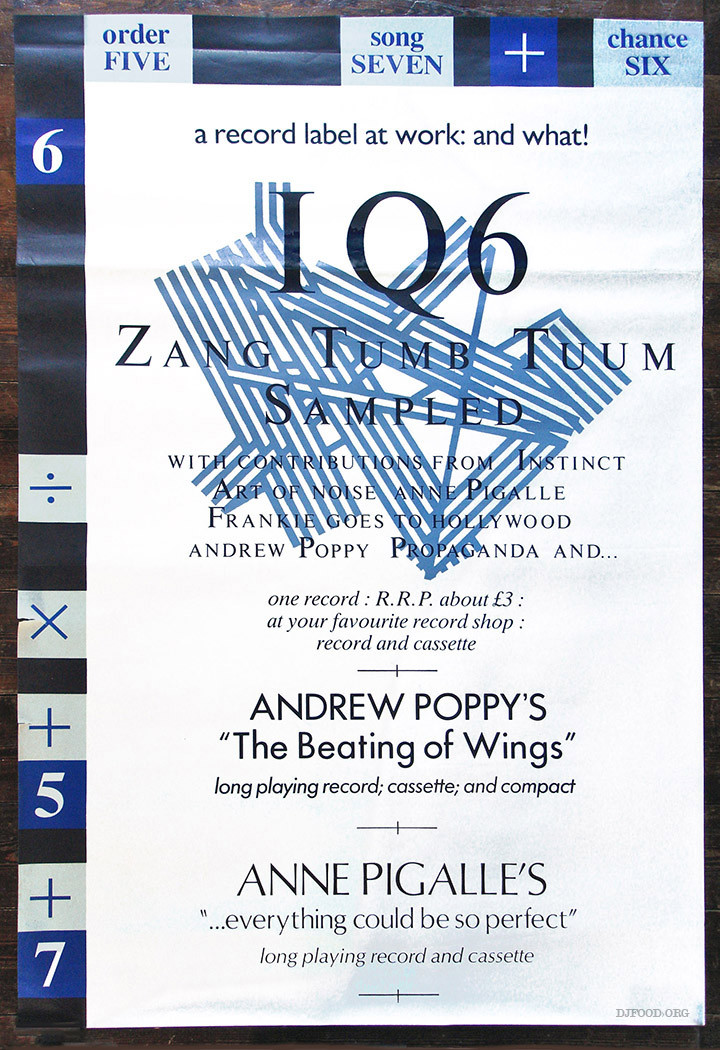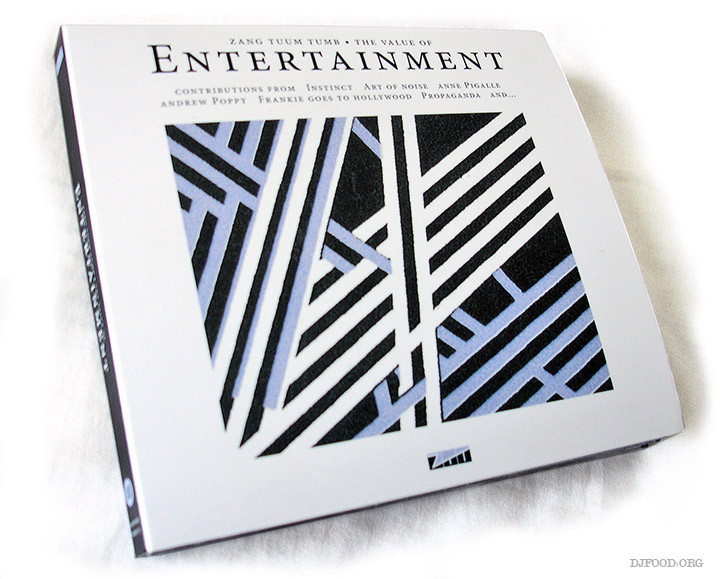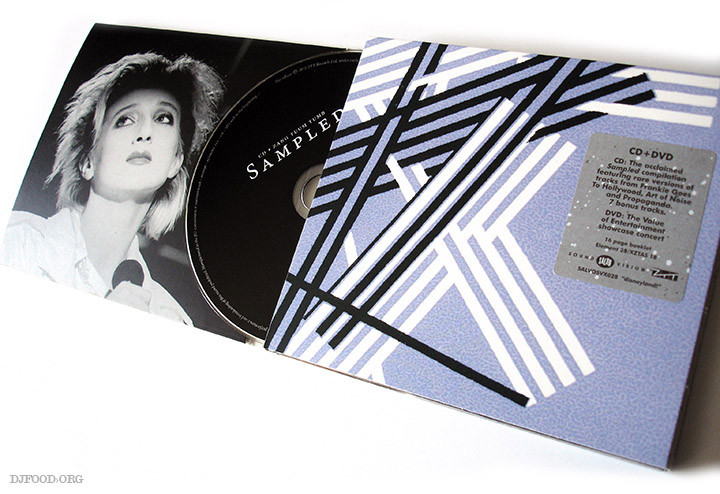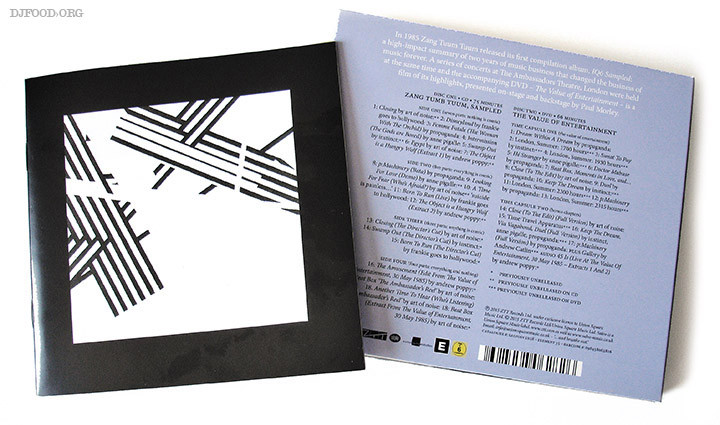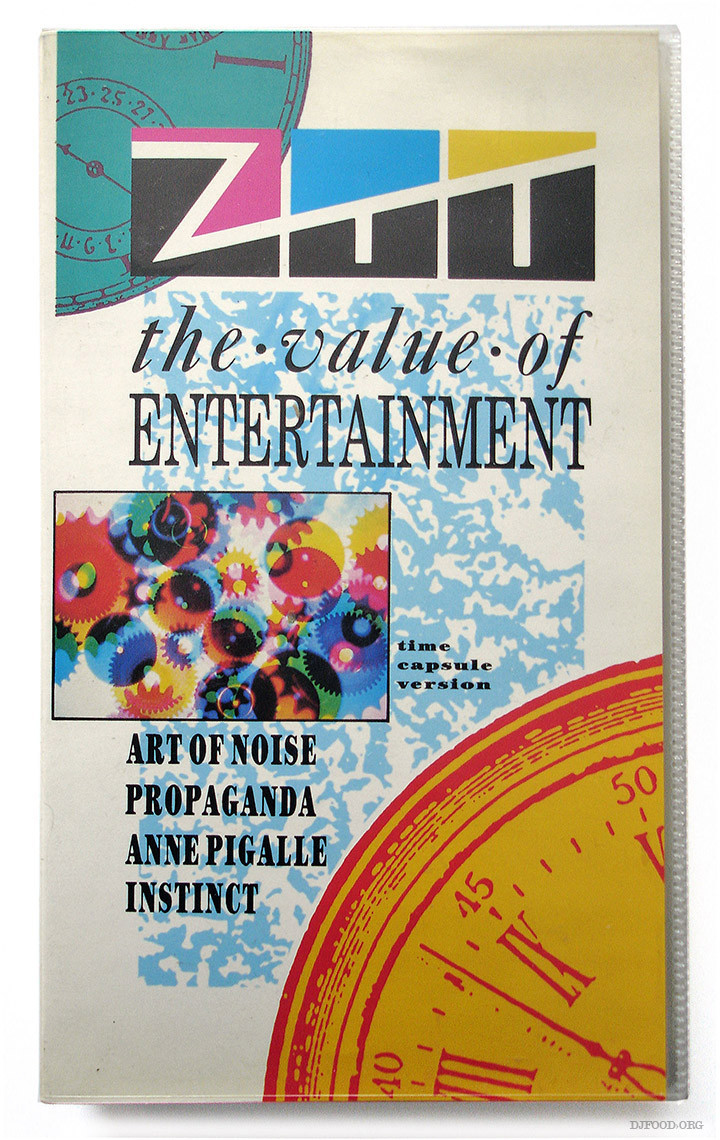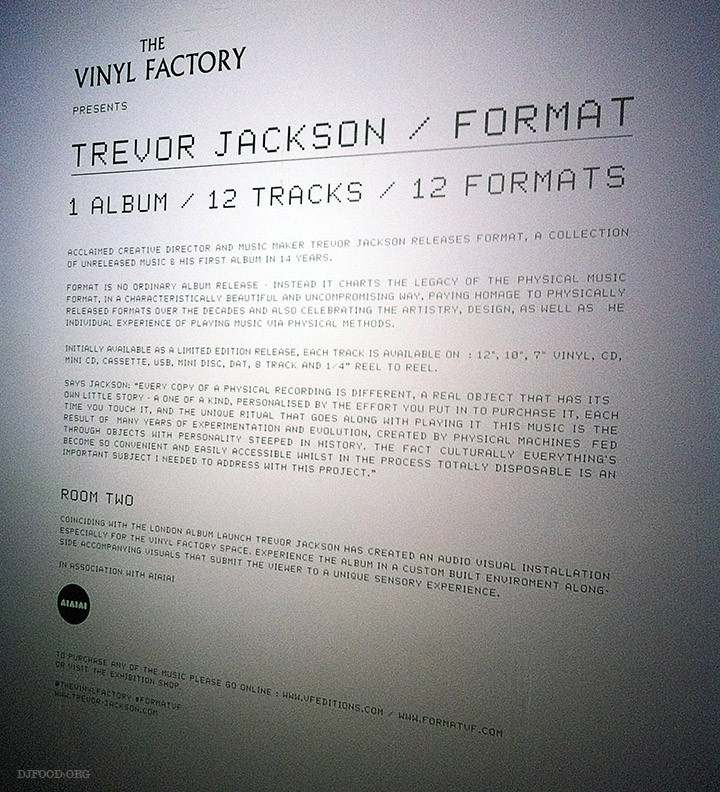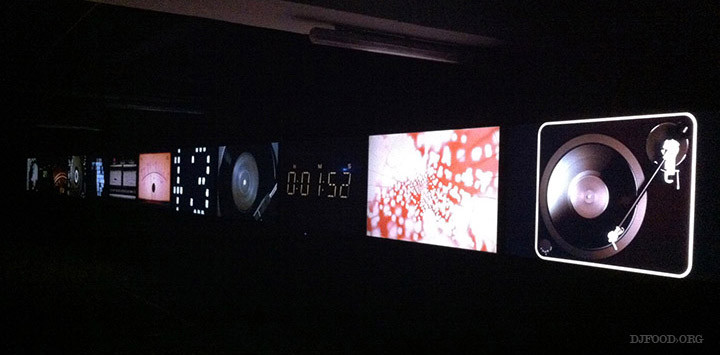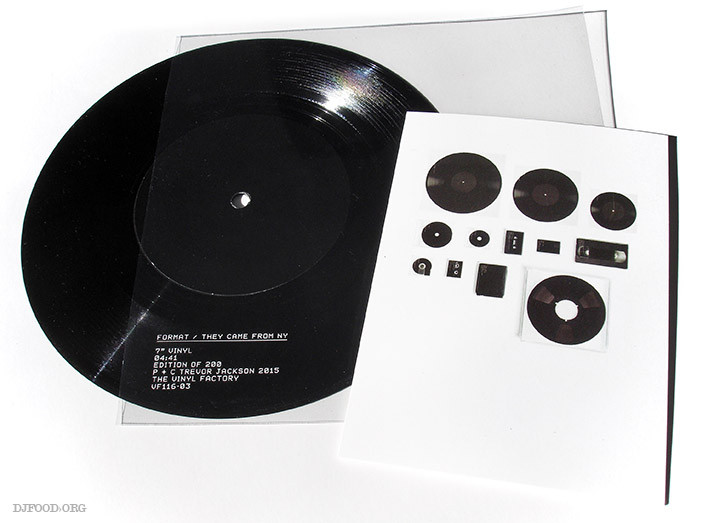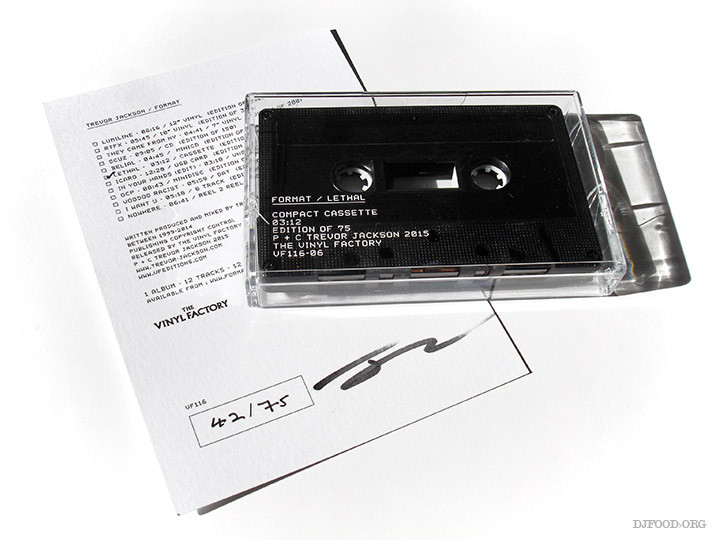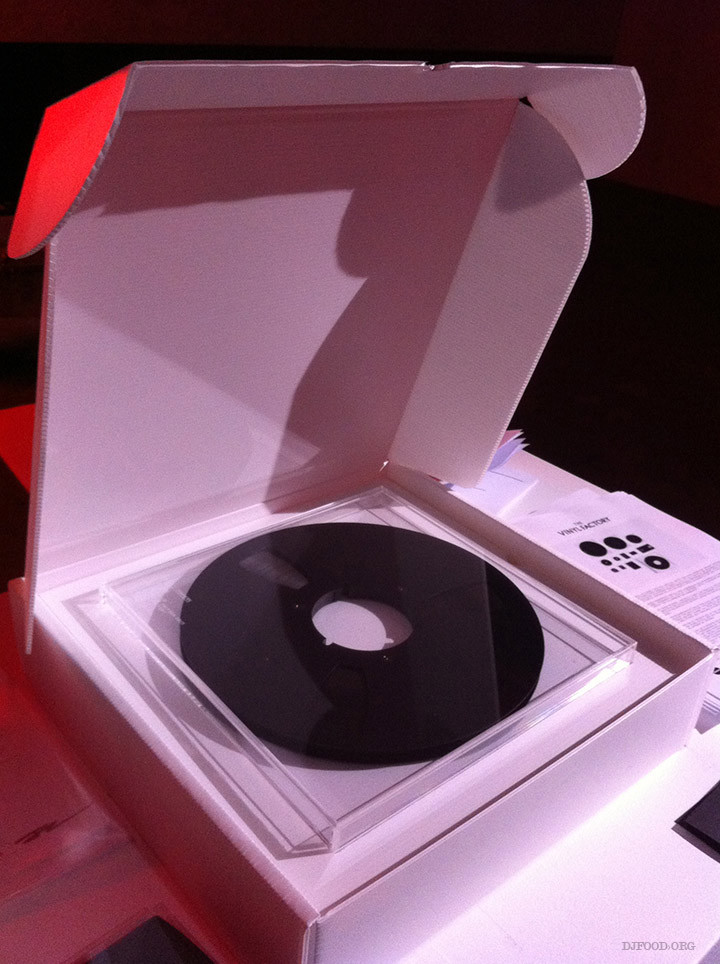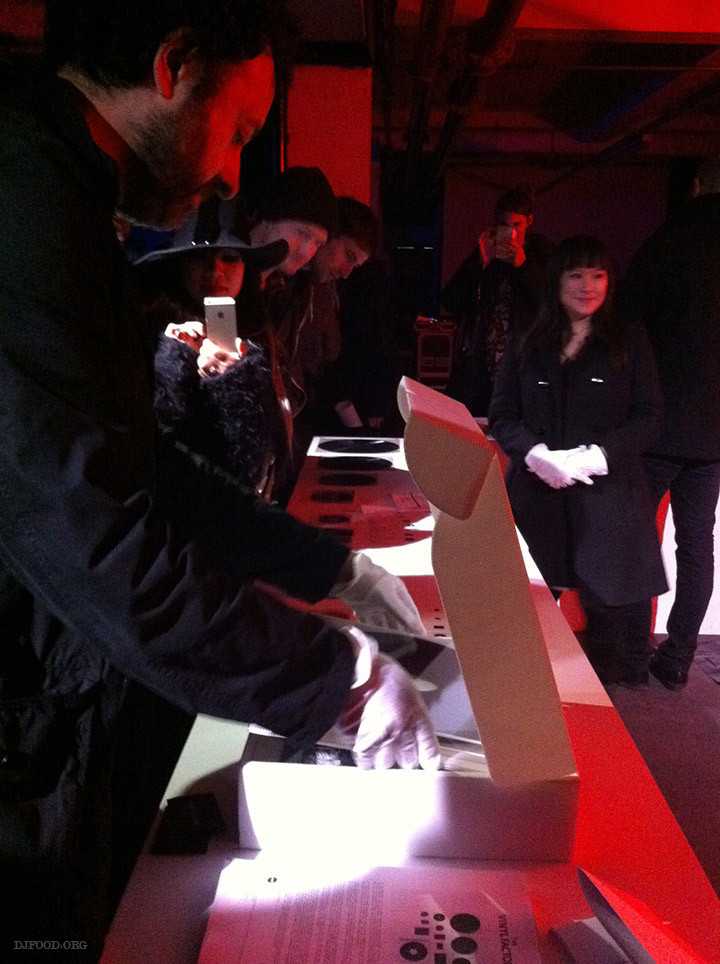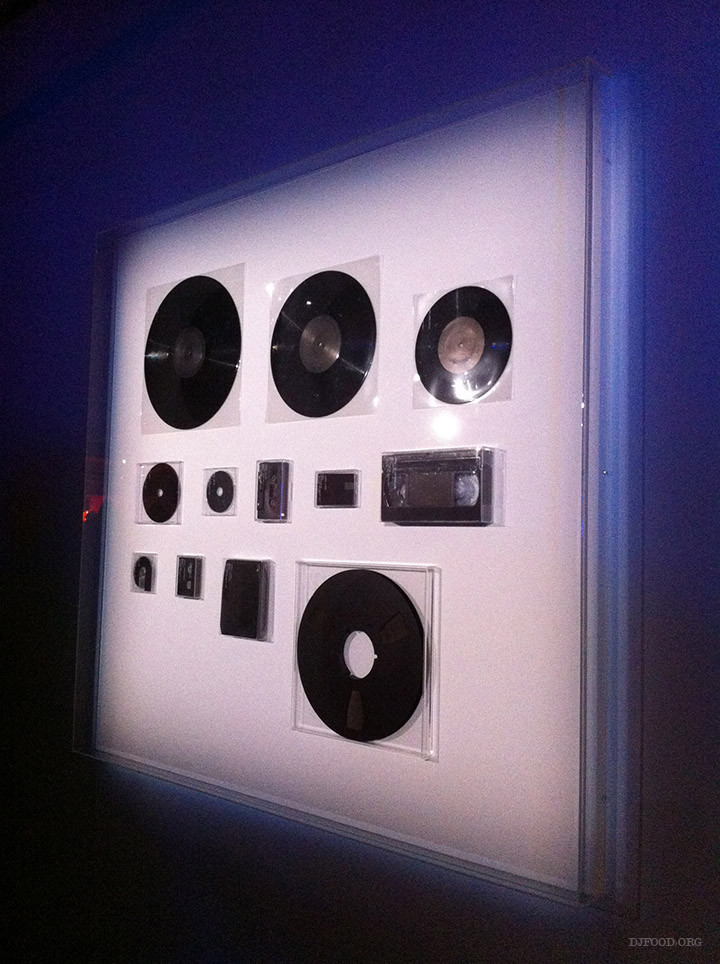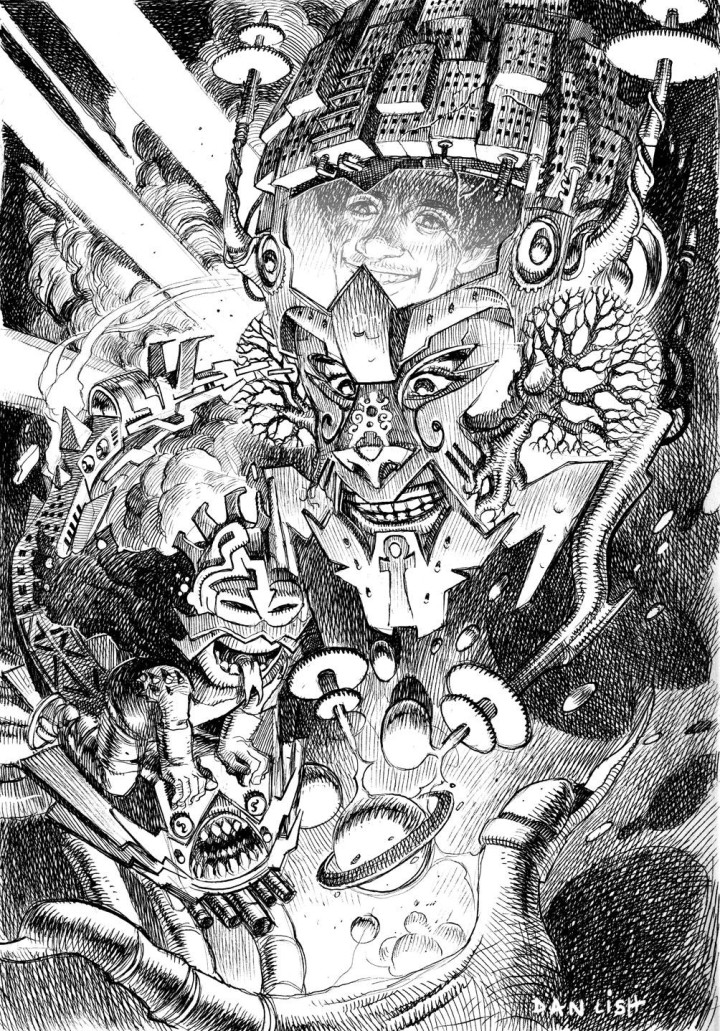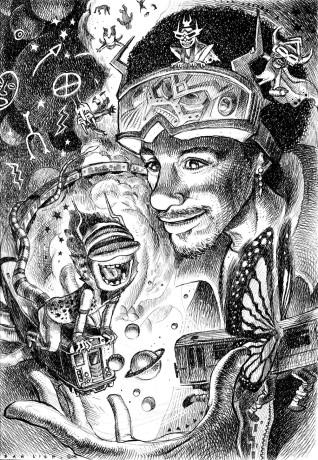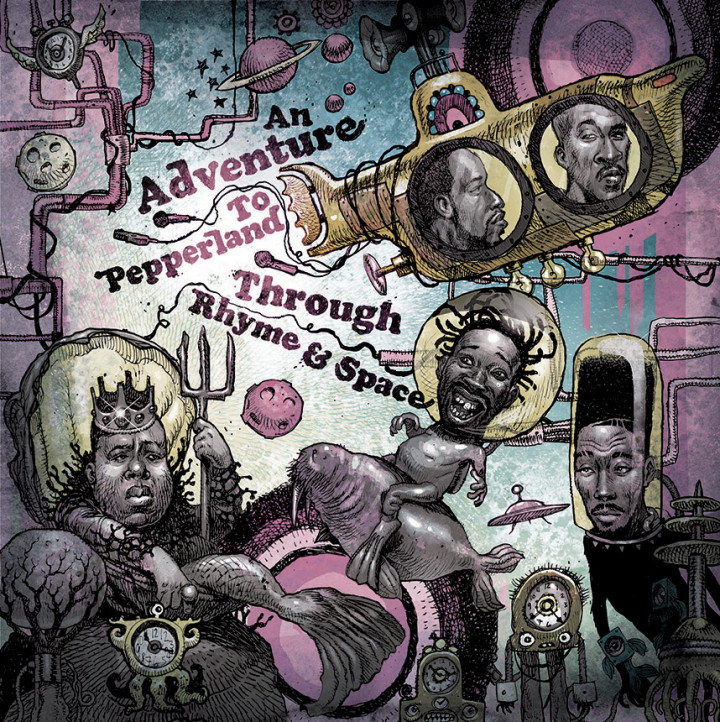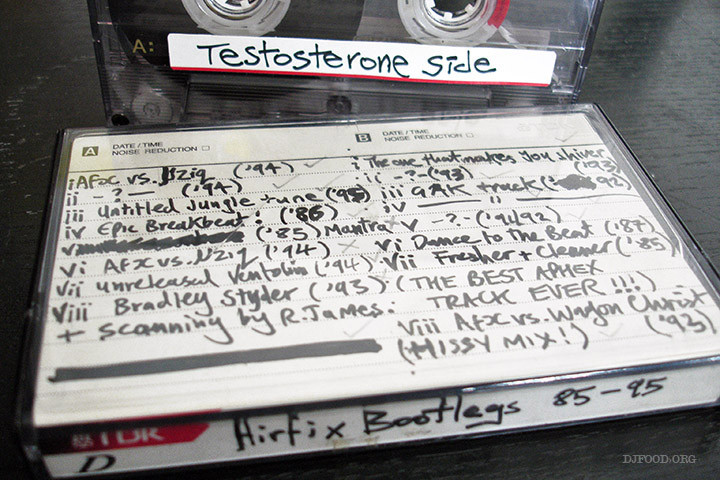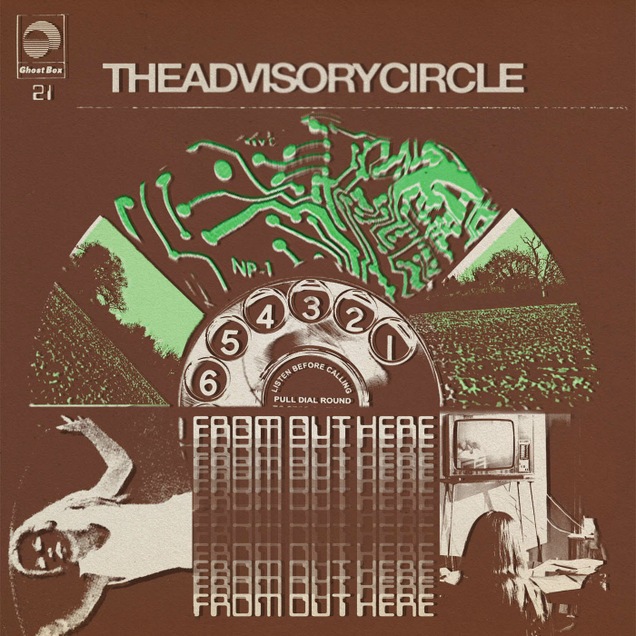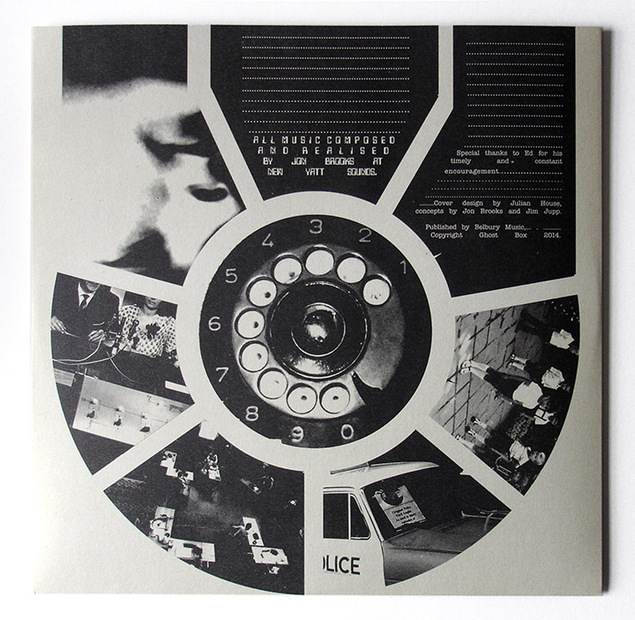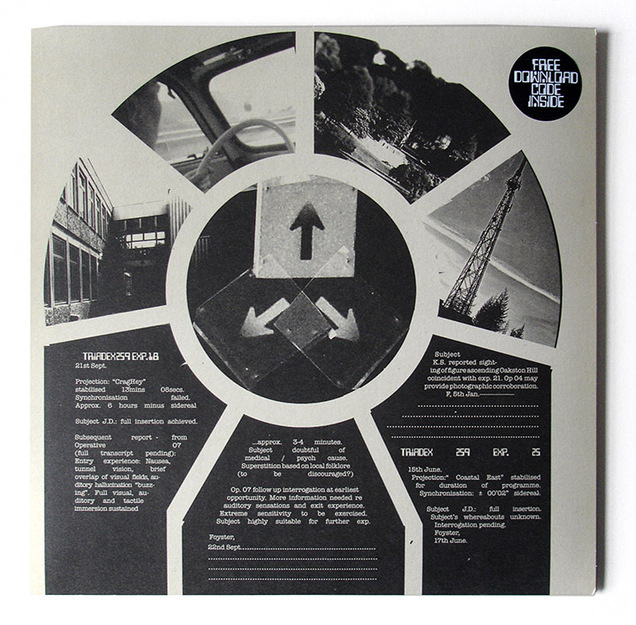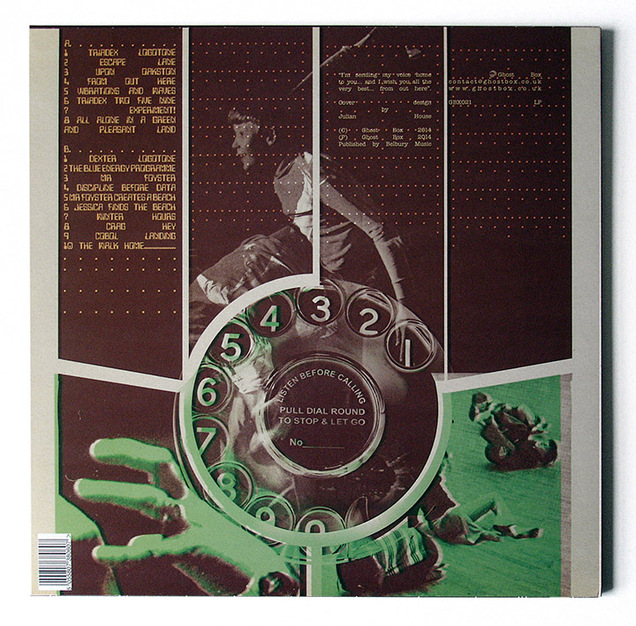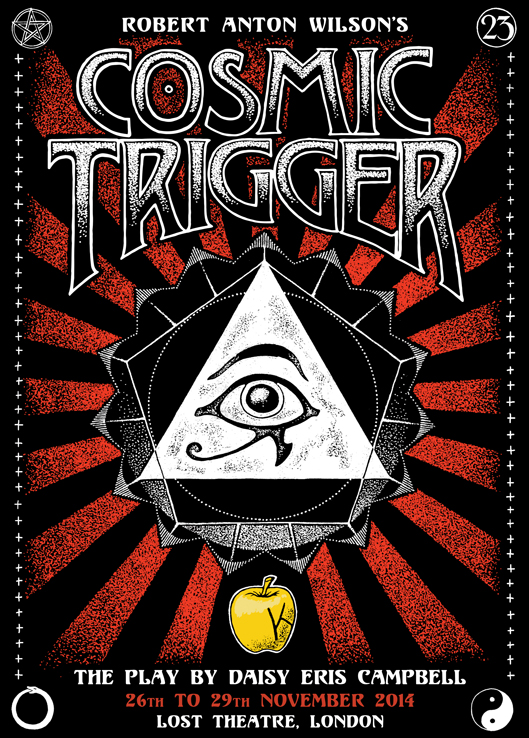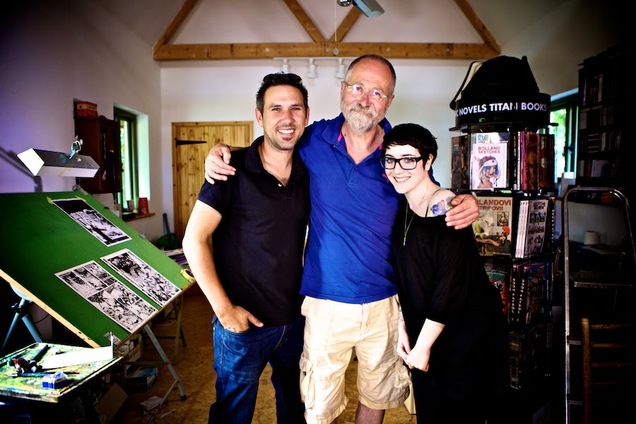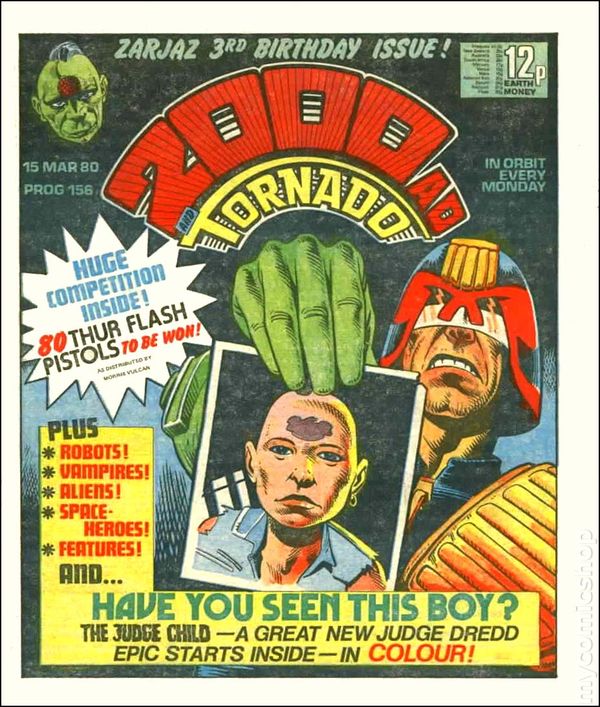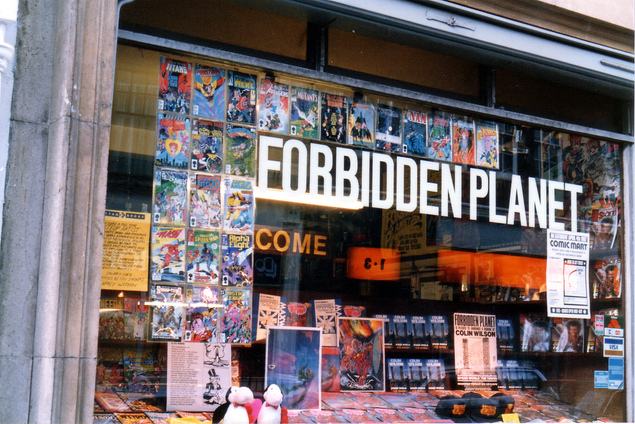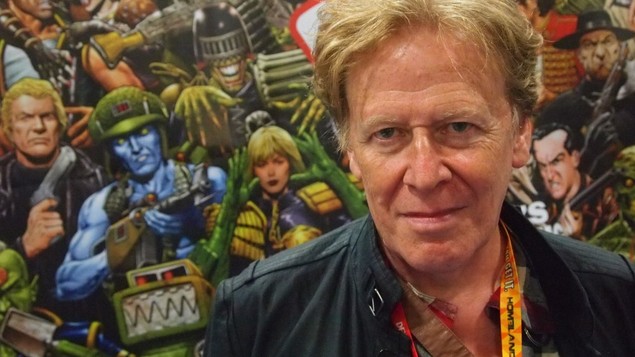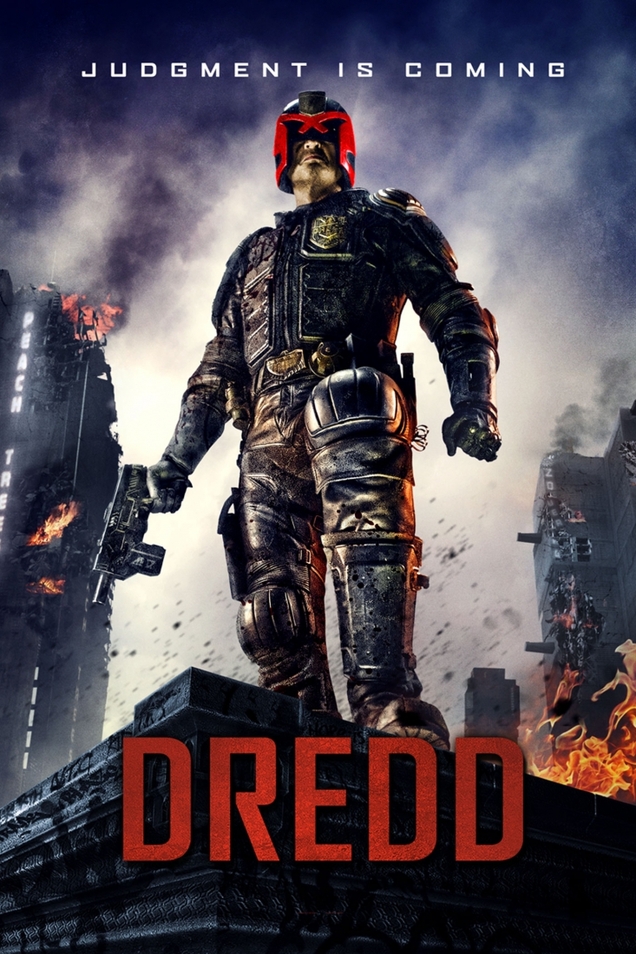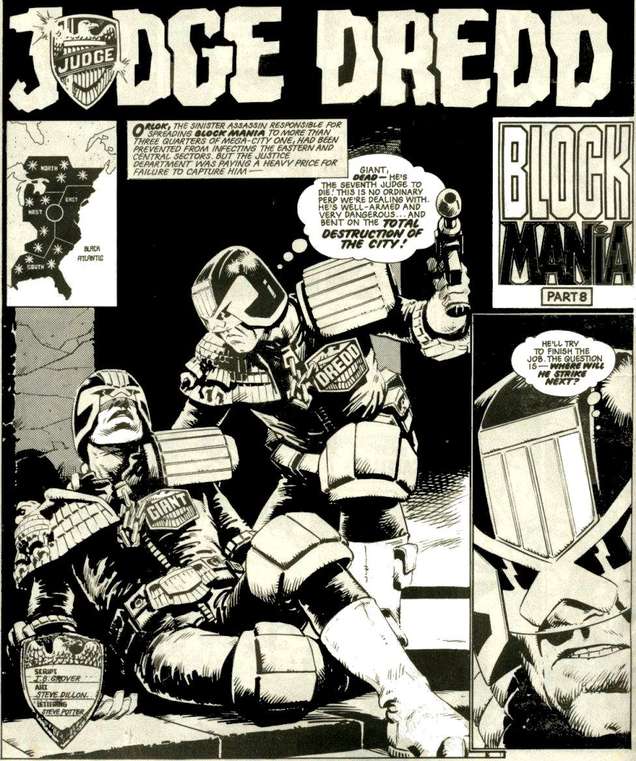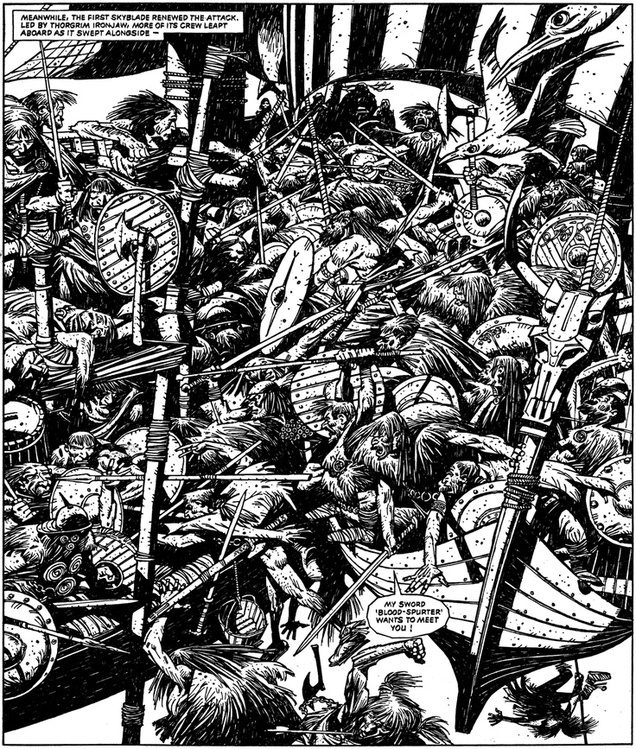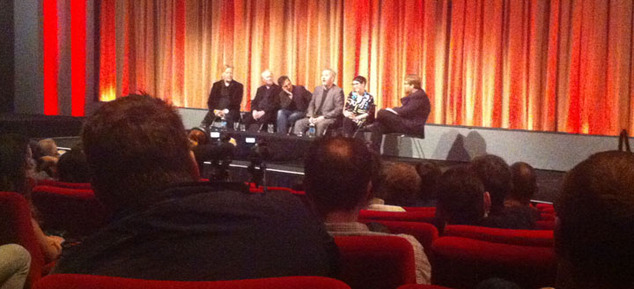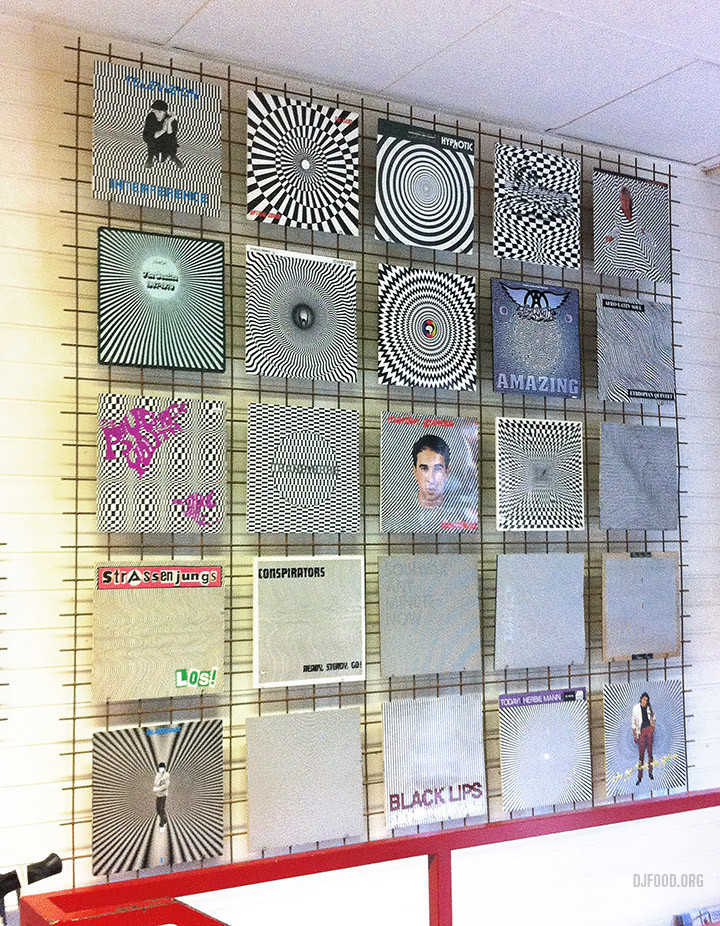 A couple of weeks ago I was in Amsterdam, taking part in discussions about ‘The Art of Curation’ with Mixcloud co-founder Nikhil Shah. The chat was hosted by the electronics company Sonos as part of the annual ADE music conference that takes place there, the biggest in Europe. I chose five tracks that linked with the subjects of Music, Art, Sci-Fi, Comics & Design which largely tie into the things I collect and post about on this site. This is the part where the blog eats itself as I blog about myself talking about blogging and readers will hear some familiar names and sounds during the interview.
A couple of weeks ago I was in Amsterdam, taking part in discussions about ‘The Art of Curation’ with Mixcloud co-founder Nikhil Shah. The chat was hosted by the electronics company Sonos as part of the annual ADE music conference that takes place there, the biggest in Europe. I chose five tracks that linked with the subjects of Music, Art, Sci-Fi, Comics & Design which largely tie into the things I collect and post about on this site. This is the part where the blog eats itself as I blog about myself talking about blogging and readers will hear some familiar names and sounds during the interview.
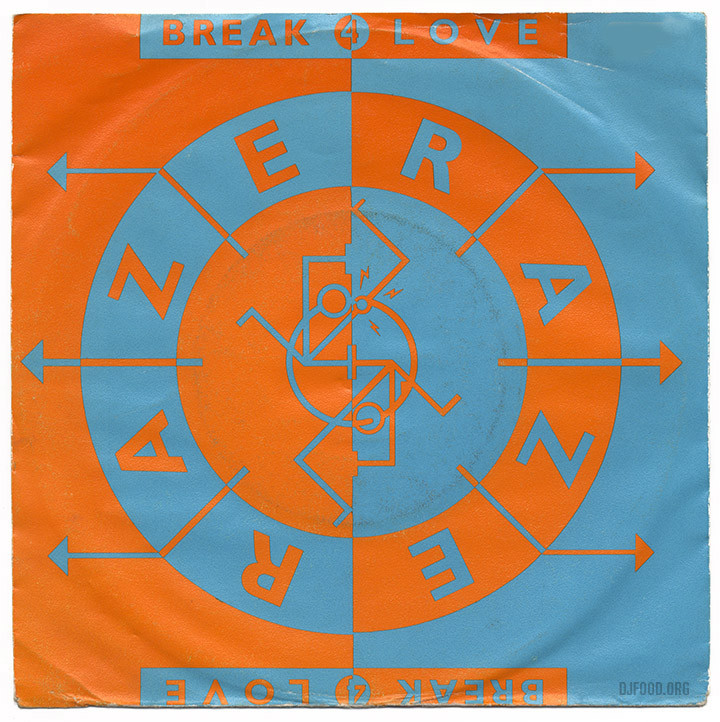 The trip was a fruitful one in terms of digging for new things in my time off and I went with a mission for 45s, underground comics and sci-fi paperbacks. Things got off to a poor start with my first stop at Record Palace (Op Art -themed wall display at the top) which is on the outer rim of the centre of the city. I’ve shopped there a few times and it’s always yielded treasures but this time it wasn’t to be. Of the two 7″s I bought (a substandard late 80s Dickie Goodman break-in record and Raze‘s ‘Break 4 Love’) when I returned home to play them I discovered that the disc inside the Raze cover was in fact a Thompson Twins single. My fault for not checking the disc but they were only 50c and there was a strict ‘no playing’ rule on records from the cheap bins. The only good thing about it was the Trevor Jackson-designed cover which, when you look at the ‘dancing’ figures, is actually quite dirty.
The trip was a fruitful one in terms of digging for new things in my time off and I went with a mission for 45s, underground comics and sci-fi paperbacks. Things got off to a poor start with my first stop at Record Palace (Op Art -themed wall display at the top) which is on the outer rim of the centre of the city. I’ve shopped there a few times and it’s always yielded treasures but this time it wasn’t to be. Of the two 7″s I bought (a substandard late 80s Dickie Goodman break-in record and Raze‘s ‘Break 4 Love’) when I returned home to play them I discovered that the disc inside the Raze cover was in fact a Thompson Twins single. My fault for not checking the disc but they were only 50c and there was a strict ‘no playing’ rule on records from the cheap bins. The only good thing about it was the Trevor Jackson-designed cover which, when you look at the ‘dancing’ figures, is actually quite dirty.
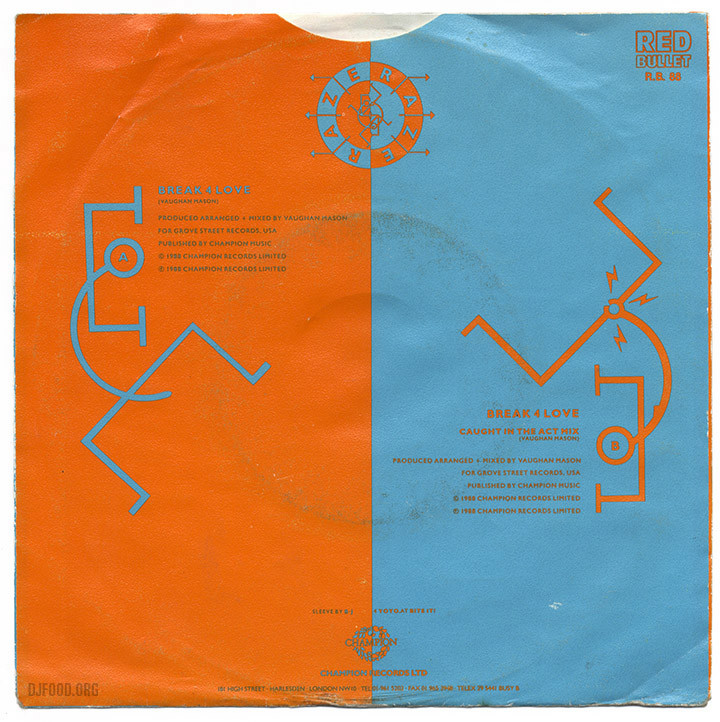
From here I visited Lambiek a few roads away, the oldest comic shop in the world if their website is to be believed and, on the strength of their stock, I can believe it. The shop is about to move to a new premises and their usual gallery space was now a large dumping ground for what looks like all manner of random stock. Very little of it was priced apart from the odd penciled number on an inside cover and many of the piles can contain anything, very little order exists as you can see below.

But there was some gold there and I soon had a little pile building, the owner unable to direct me to the undergrounds as everything was mixed up due to the impending move. They closed at 5pm and at approximately 4.45 I glanced under a shelf and saw a box that looked like it was exactly what I was looking for. Going through it my suspicions were confirmed and I started pulling out handfuls of British and American underground and independent press comix as fast as I could, some in not-so-good condition but still a lot that you only find on eBay these days.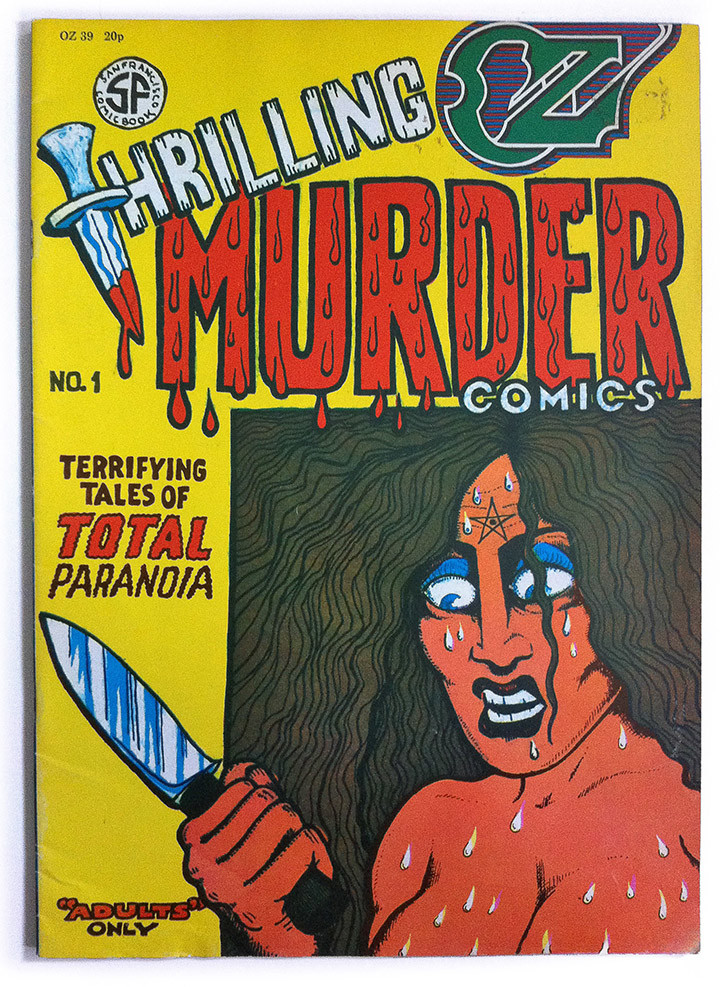
This copy of Oz magazine was nestling in the box, looking like a Robert Crumb comic, copies usually go for £10-20 and up.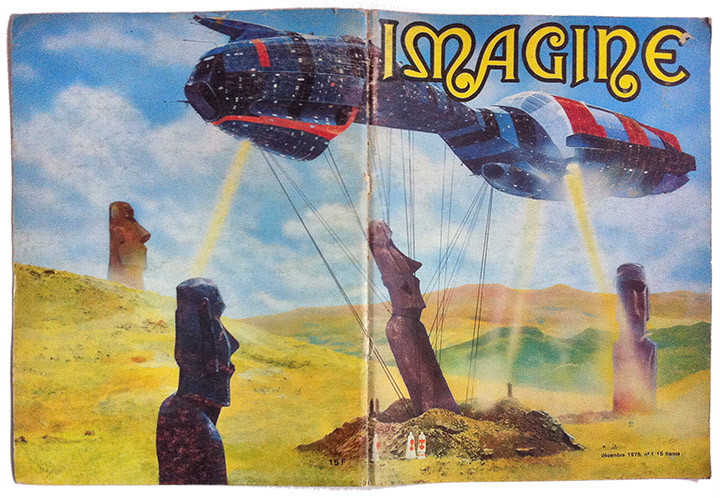
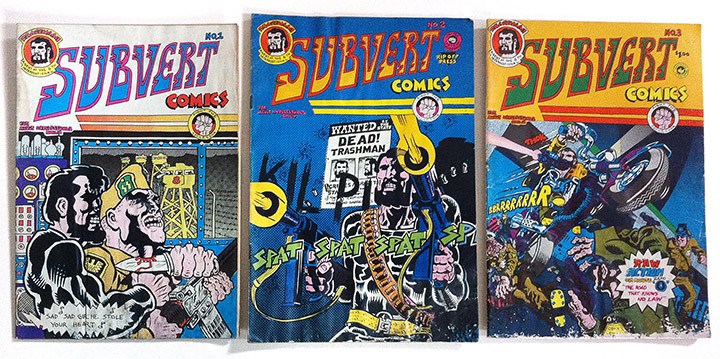
These three Subvert comics by Spain were a bit water-damaged but I’d never seen copies before aside from being reprinted in other mags.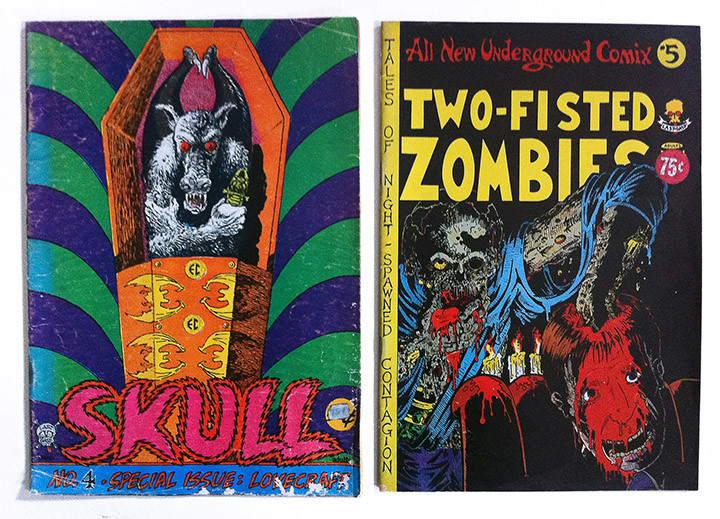
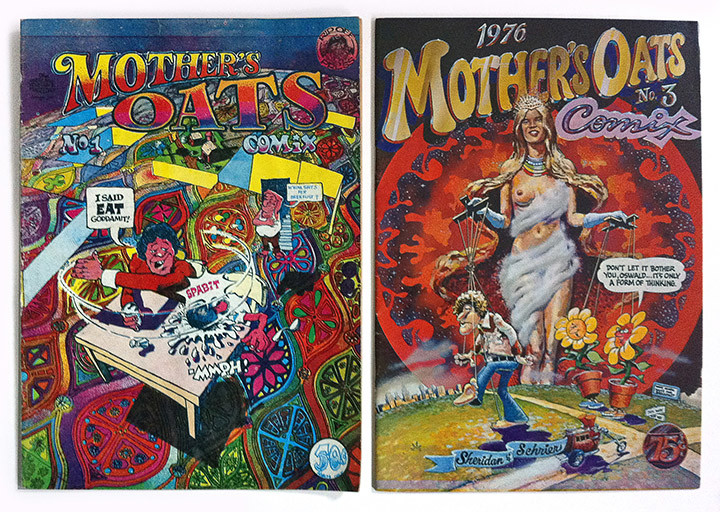
No.s 1 and 3 of Mother Oats Comix by the late, great Dave Sheridan.
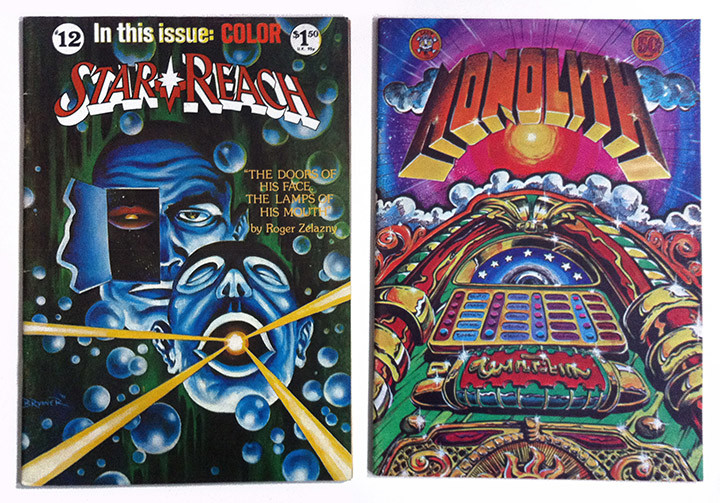
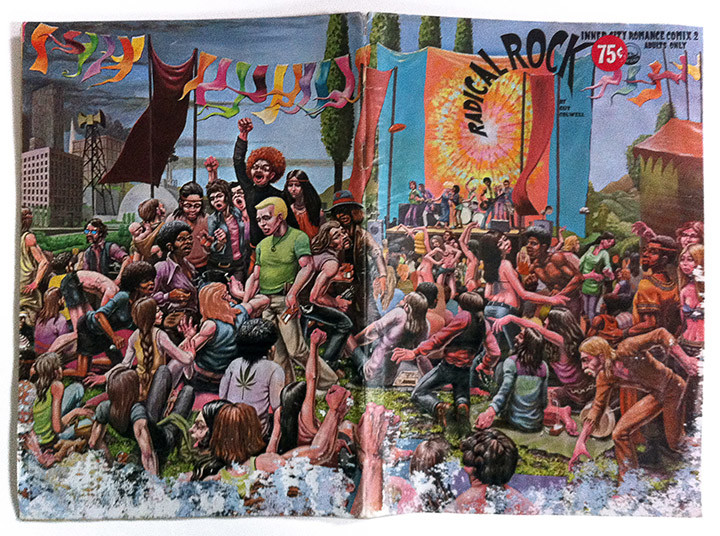
They had five copies of this Radical Rock comic, all badly water-damaged but readable. You can easily find these for about $5 on eBay, but the postage triples the price as they’re always from the States.
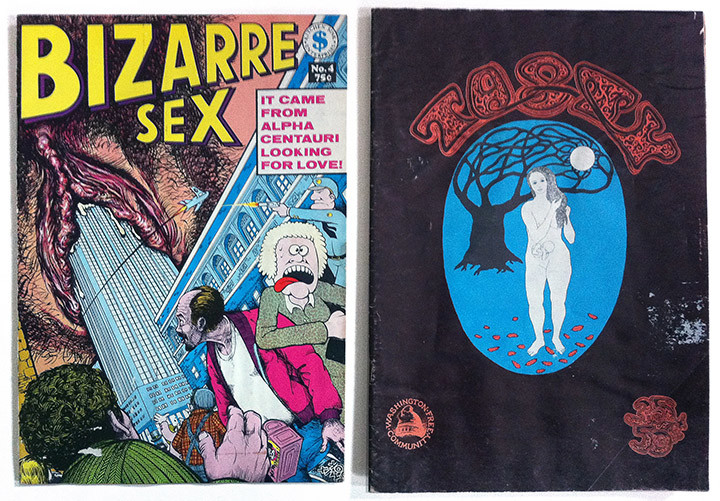
I wasn’t going to leave a comic behind with a cover like the Bizarre Sex one, the issue of Tasty has some really nice abstract acid trip visuals inside although the cover isn’t up to much.
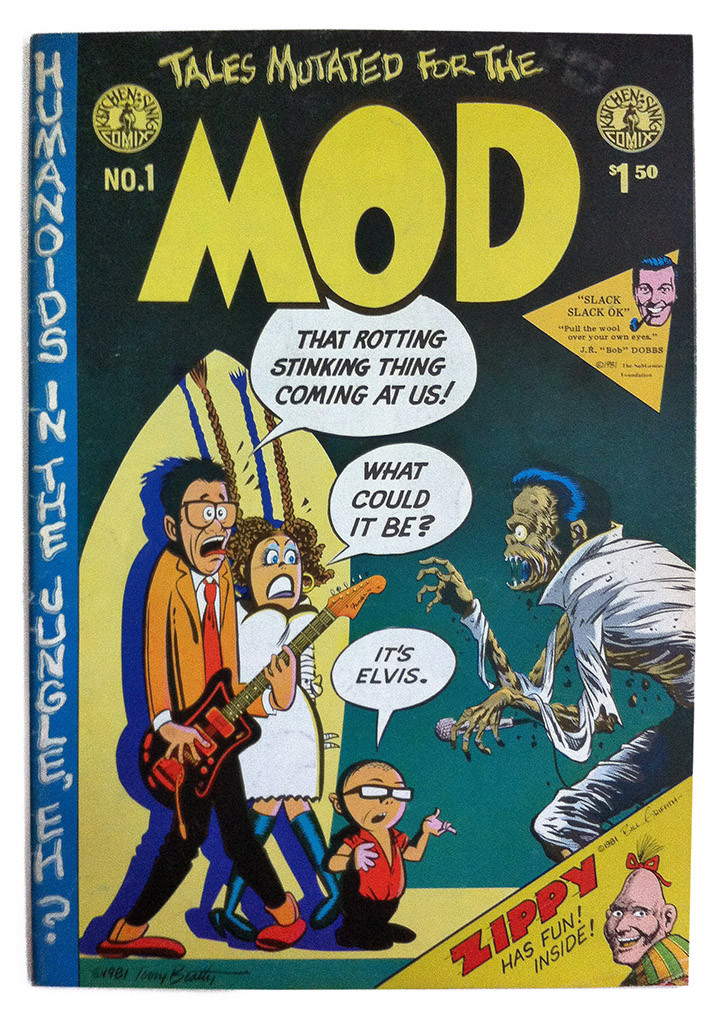
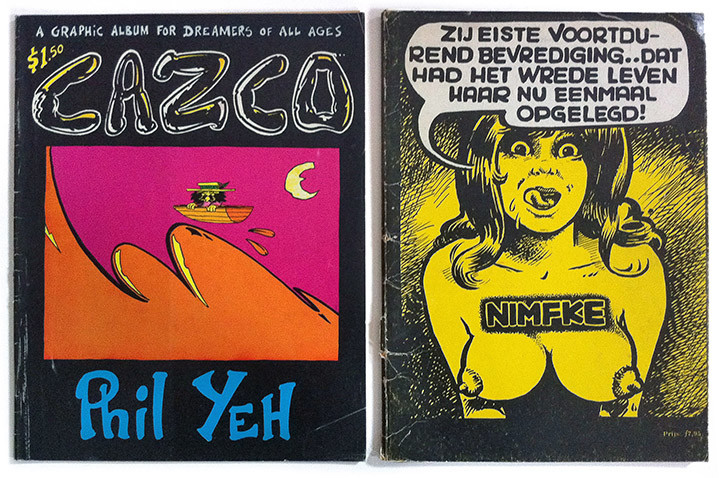
That Dutch NIMFKE comic on the right is probably one of the filthiest things I’ve ever seen in comic form.
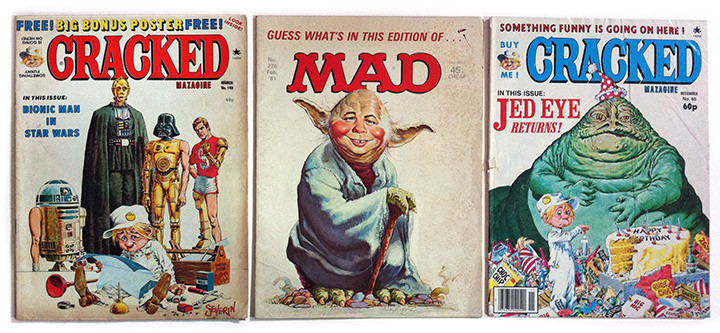
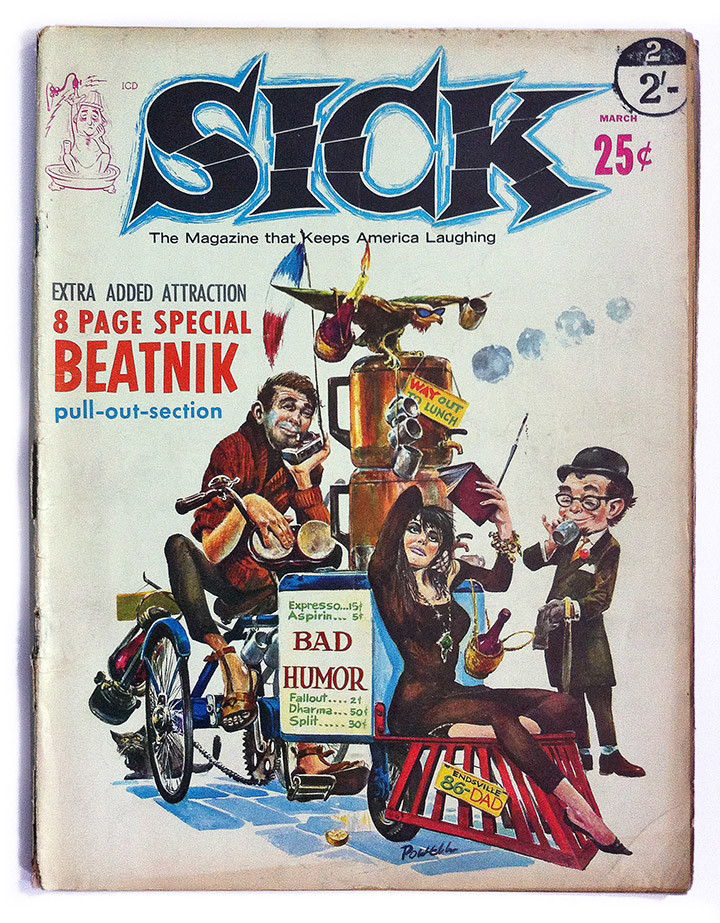 There was more but here’s a lot of it. I’d been tempering my choices, thinking that this was adding up to quite a bundle but some of this stuff just doesn’t come around in Europe that often, even in this condition. Upon taking them to the counter I couldn’t quite believe my luck when the assistant proceeded to charge me one Euro for each comic with only two for some slightly over-sized books like Imagine and Heavy Metal. Digs like that don’t happen every day.
There was more but here’s a lot of it. I’d been tempering my choices, thinking that this was adding up to quite a bundle but some of this stuff just doesn’t come around in Europe that often, even in this condition. Upon taking them to the counter I couldn’t quite believe my luck when the assistant proceeded to charge me one Euro for each comic with only two for some slightly over-sized books like Imagine and Heavy Metal. Digs like that don’t happen every day.
On then, with a spring in my step, to a couple more comic shops further north near Centraal station. On my way I passed a shop with a big sign outside, ‘Used Books, English Language’, and took a quick peek to see what it was like. Once inside I inquired if they had any vintage sci-fi paperbacks and the guy at the counter pointed to eight large apple boxes stacked in the aisle. “Four for ten Euros“, he quipped, “How long until you close?”, “20 minutes!”. I probably got through about two thirds of them, given that they were two rows deep inside but it was worth it.
